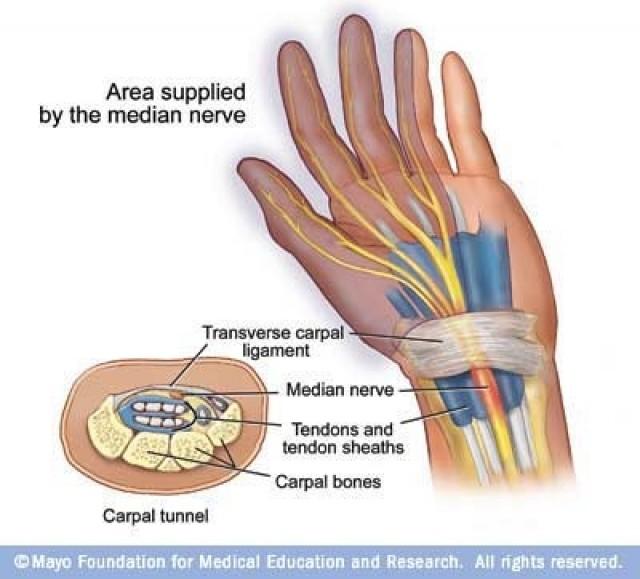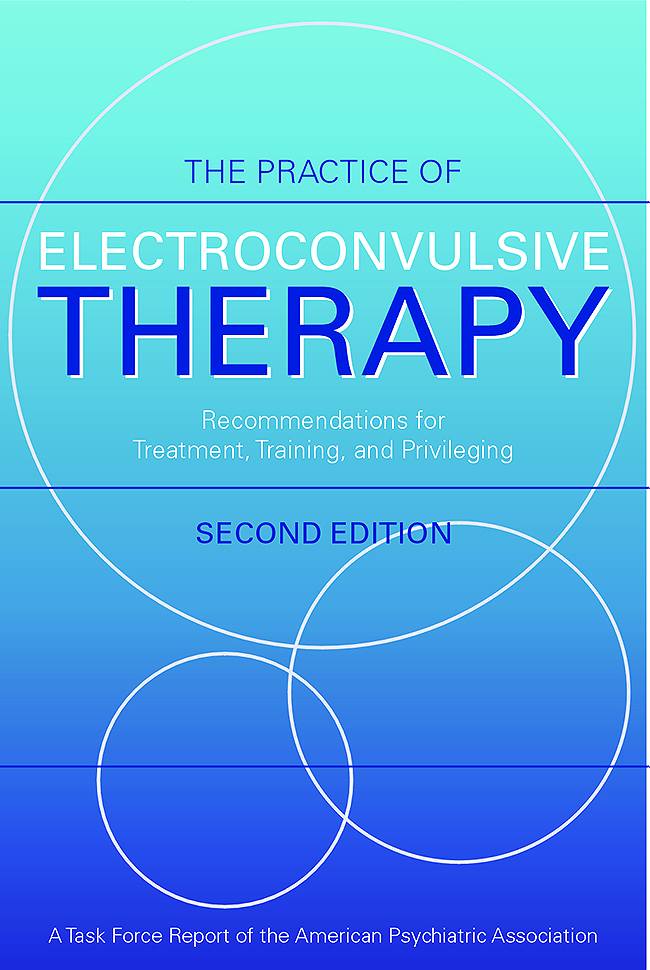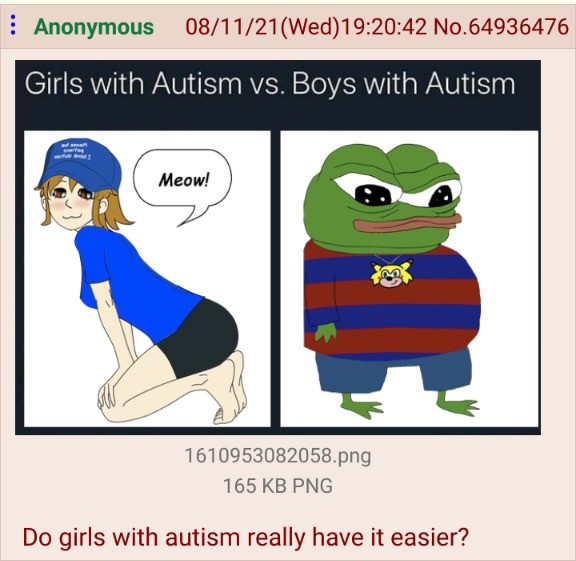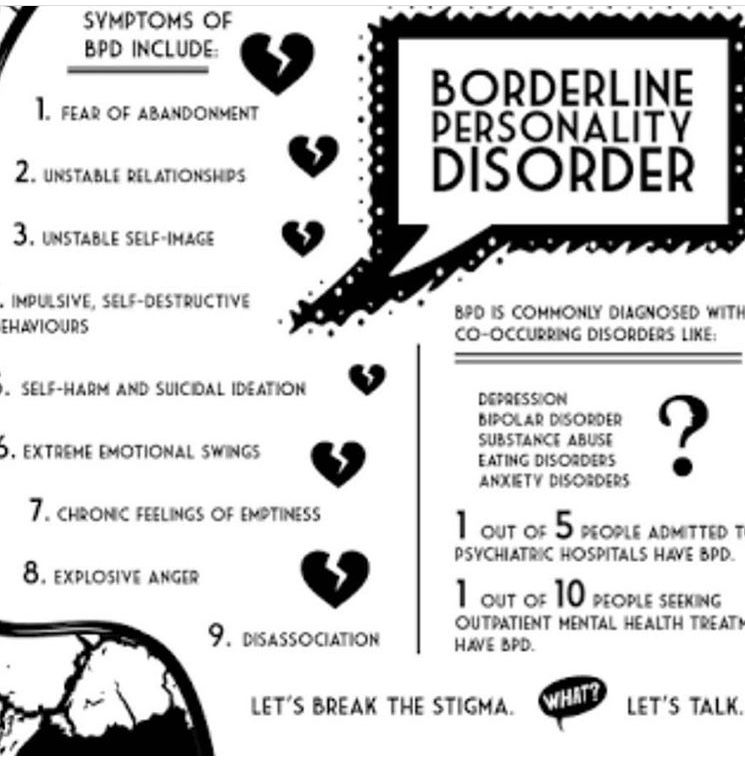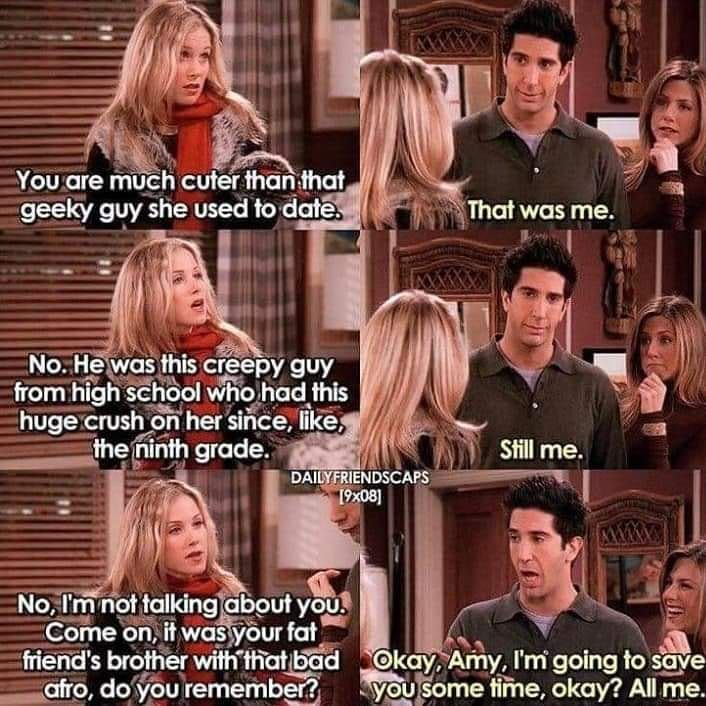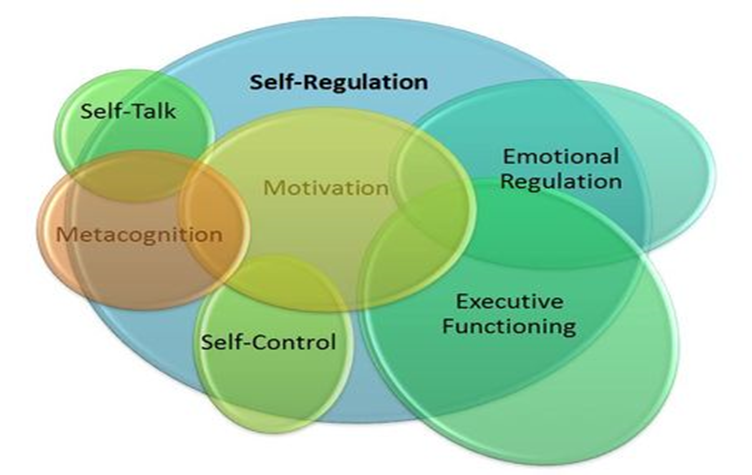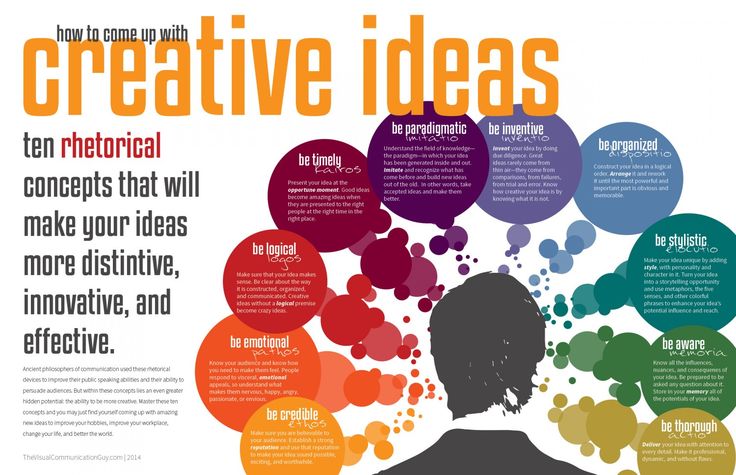Psychology of exercise motivation
Theories to Explain Exercise Motivation and Physical Inactivity: Ways of Expanding Our Current Theoretical Perspective
Physical inactivity and lack of exercise are major societal health problems. Most experts in exercise psychology, if asked how to support people in growing their motivation for physical activity and exercise, would probably recommend shifting the decisional balance by creating a belief that there are more benefits to be had from becoming active than barriers to be overcome, bolstering their appraisals of self-efficacy, and creating social environments that promote perceptions of autonomy, competence, and relatedness (e.g., Biddle and Vergeer, 2019). These recommendations are evidence-based (e.g., Teixeira et al., 2012; Young et al., 2014). Many empirical studies show that people who are sufficiently physically active differ in these variables from those who are less active. There are also longitudinal and intervention studies demonstrating that changing these motivational variables makes behavior change more likely.
On the other hand, there is growing skepticism as to whether epidemic physical inactivity can be effectively addressed through interventions developed on the basis of the few cognitive-behavioral theories (e.g., Conn et al., 2011) that have been the mainstays in exercise psychology for decades (Rhodes et al., 2019). For example, in the context of a recent congress symposium organized to debate this issue, two renowned researchers explained their conviction and challenged each other with good arguments: One position—that interventions based on these theories provide promising approaches in some contexts, but have proven to be ineffective by and large (Weed, 2018)—contrasted sharply with the other—that results achieved from interventions based on these cognitive-behavioral theories could have been much stronger if only the available evidence had been put into practice more consistently (Hagger, 2018). Other authors have argued that the current situation is forcing a critical reevaluation of cognitive-behavioral theories, since all of them are based on the common assumption that behavioral decisions are driven mainly by the rational evaluation of information (and dramatically neglect the importance of affective and automatic processes; e. g., Ekkekakis, 2017).
g., Ekkekakis, 2017).
We share the concerns that have been expressed. In this text, we will outline our view, focusing on one common element of the most widely used cognitive-behavioral theories of motivation. We will argue that this one element obscures alternative approaches that could lead to more physical activity and exercise in everyday life.
The Unfavorable Commonality of Cognitive Theories of Physical Activity and Exercise
A framework for classifying theories of exercise and physical activity behavior suggests organizing them into five classes (Biddle et al., 2007). Belief-attitude theories focus on the cognitive antecedents of behavioral intentions, defined as the effort someone is prepared to invest toward performing a target behavior. Well-known examples are the theory of reasoned action (Fishbein and Ajzen, 1975) and the theory of planned behavior (Ajzen, 1985).
Competence-based theories are exemplified primarily by Bandura's construct of self-efficacy, which is defined as an individual's judgment of his or her “capabilities to organize and execute courses of action required to attain designated types of performances” (Bandura, 1986, p. 391). Control-based theories refer to the notion that humans have the intrinsic desire or goal to experience oneself as the initiator and regulator of one's actions. The currently highly influential self-determination theory attributes this desire to a basic psychological need for autonomy (Deci and Ryan, 1985). Stage models, e.g., the transtheoretical model (Prochaska and DiClemente, 1983), conceptualize behavioral change as a process that brings one closer to the envisaged goal. Hybrid models, such as the health action process approach (Schwarzer, 1992), combine the stage concept with motivational variables, to predict intention, with the addition of post-decisional variables (e.g., implementation intention;Gollwitzer, 1999).
391). Control-based theories refer to the notion that humans have the intrinsic desire or goal to experience oneself as the initiator and regulator of one's actions. The currently highly influential self-determination theory attributes this desire to a basic psychological need for autonomy (Deci and Ryan, 1985). Stage models, e.g., the transtheoretical model (Prochaska and DiClemente, 1983), conceptualize behavioral change as a process that brings one closer to the envisaged goal. Hybrid models, such as the health action process approach (Schwarzer, 1992), combine the stage concept with motivational variables, to predict intention, with the addition of post-decisional variables (e.g., implementation intention;Gollwitzer, 1999).
All these models have one core attribute in common, stemming from origins of cognitive theorizing in psychology: They all emphasize the importance of imagined end states (behaviors or goals) and the energization of action resulting from them to such an extent that the experience of situated factors (e.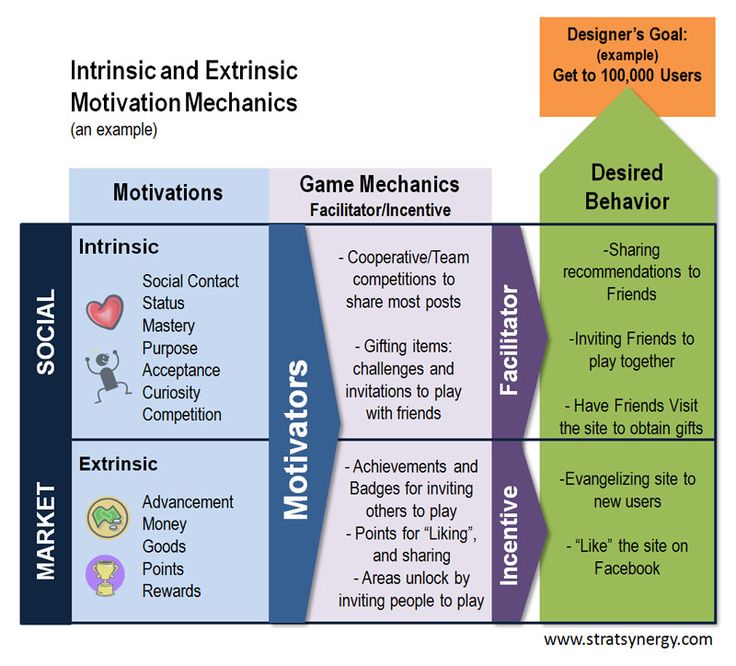 g., momentary affect linked to the situation; Ekkekakis, 2017) is overlooked.
g., momentary affect linked to the situation; Ekkekakis, 2017) is overlooked.
This notion that a better understanding of ongoing behavior requires both situated factors and the cognitive projections that direct behavior was proposed by Lewin (1951). He conceptualized every specific state of behavior as either the result of equal but opposite forces, which hold the person in his or her current state, or under the influence of relatively stronger driving forces, which direct the person away from the current state.
This theoretical idea had limited impact on research on motivation however. Probably because the cognitive revolution in psychology, which began soon after Lewin's early death (in 1947) fascinated so many psychologists. With the advent of the contention that people are able to engage in forethought, the separate conceptualization of momentary restraining forces was lost.
Two recent theories in exercise psychology tie in with considerations about situated restraining forces, albeit in different ways.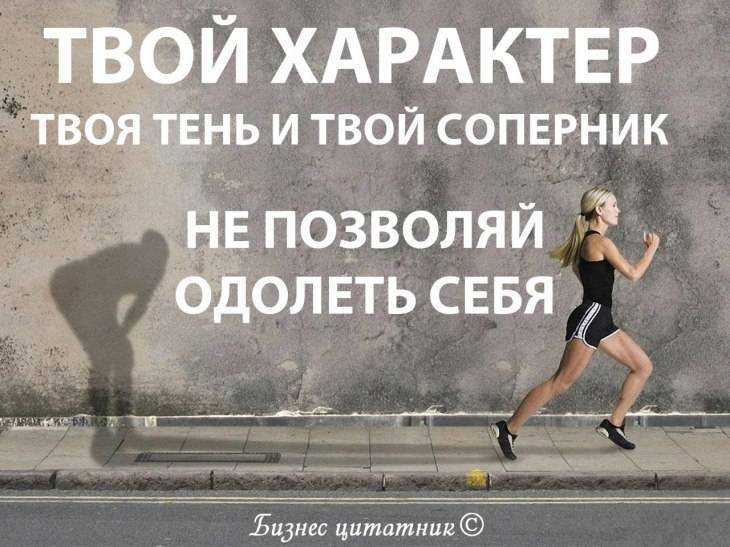 We will briefly describe the relevant aspects of these theories and outline ideas on how future research could yield alternative intervention approaches for public health.
We will briefly describe the relevant aspects of these theories and outline ideas on how future research could yield alternative intervention approaches for public health.
Affective-Reflective Theory of Physical Inactivity and Exercise
Affective-Reflective Theory (ART) of physical inactivity and exercise (Brand and Ekkekakis, 2018) is a dual-process theory, which assumes that stimuli (e.g., a friend's reminder that you intended to go for a run, or remembering that you had planned to go for a run) trigger automatic associations and a resulting automatic affective valuation of exercise (type-1 process). An automatic affective valuation is the unattended assignment of positive (association with pleasure) or negative (association with displeasure) value to a stimulus, either as the result of repeated exercise-related emotional experiences mediated by cognitive appraisals (e.g., pride, embarrassment) or as a result of repeated experiences of core affective reactions to stimuli (e.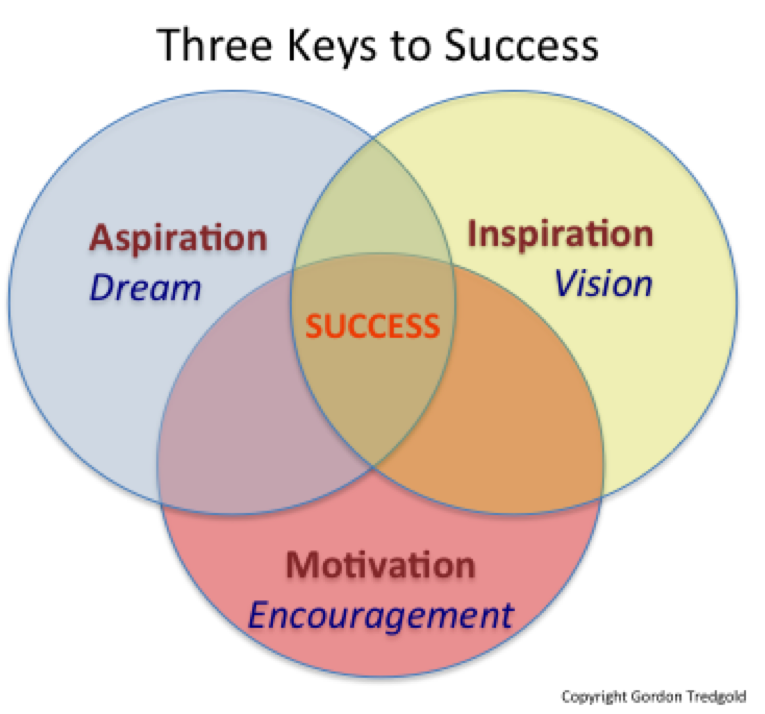 g., sense of physical reinvigoration, bodily discomfort). The automatic affective valuation serves as the basis for a controlled, reflective evaluation (type-2 process), which can follow if self-control resources are available. The reflective evaluation draws on propositions about exercise and physical inactivity, derived from previous experience and mental simulation (e.g., anticipation of the affective consequence of actions). Higher-level cognitive operations, such as deliberative reasoning about one's needs and values (Deci and Ryan, 1985) may also contribute to this process. The automatic affective valuation is connected to an action impulse (approach or avoidance), whereas the controlled response can result in action plans.
g., sense of physical reinvigoration, bodily discomfort). The automatic affective valuation serves as the basis for a controlled, reflective evaluation (type-2 process), which can follow if self-control resources are available. The reflective evaluation draws on propositions about exercise and physical inactivity, derived from previous experience and mental simulation (e.g., anticipation of the affective consequence of actions). Higher-level cognitive operations, such as deliberative reasoning about one's needs and values (Deci and Ryan, 1985) may also contribute to this process. The automatic affective valuation is connected to an action impulse (approach or avoidance), whereas the controlled response can result in action plans.
The ART aims to explain and predict behavior in situations in which people either remain in a state of physical inactivity or initiate action. It assumes that experience, feelings, and thoughts connected with exercise influence whether someone would be willing to undergo physical strain similar to that previously experienced during exercise.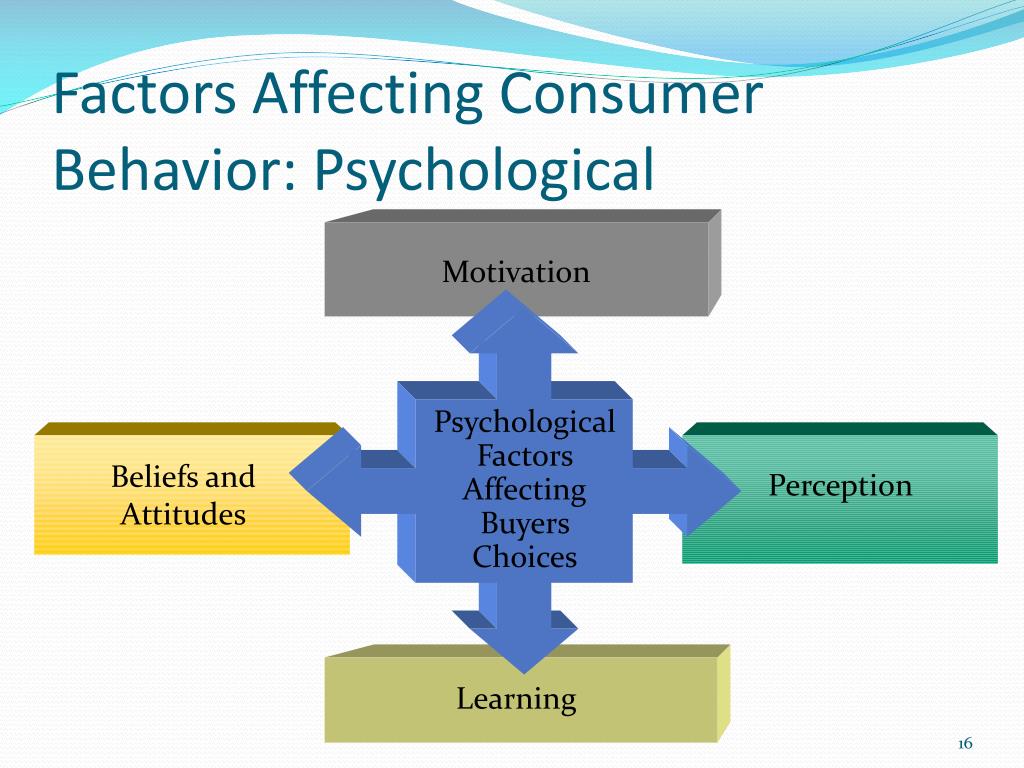 Related to the topic of this opinion article, the ART posits that, in the face of an exercise-related stimulus, one's negative affective valuation of exercise will act as a restraining force that may counteract any positive cognitive motivational drives toward action (or, on the other hand, if the affective valuation is positive, it will present a driving force and thus make it more likely that the person will change his or her current state of physical inactivity).
Related to the topic of this opinion article, the ART posits that, in the face of an exercise-related stimulus, one's negative affective valuation of exercise will act as a restraining force that may counteract any positive cognitive motivational drives toward action (or, on the other hand, if the affective valuation is positive, it will present a driving force and thus make it more likely that the person will change his or her current state of physical inactivity).
Theory of Energetic Cost Minimization
The theory of energetic cost minimization (TECM; Cheval et al., 2018a,b) assumes that biomechanically efficient behaviors have a rewarding value. It refers to evidence on the multiple neuro-behavioral adaptations that have contributed to the minimization of metabolic costs in the course of human action and during movement (Srinivasan and Ruina, 2006). For example, individuals automatically adapt their step frequency in real time to optimize energy costs (Selinger et al.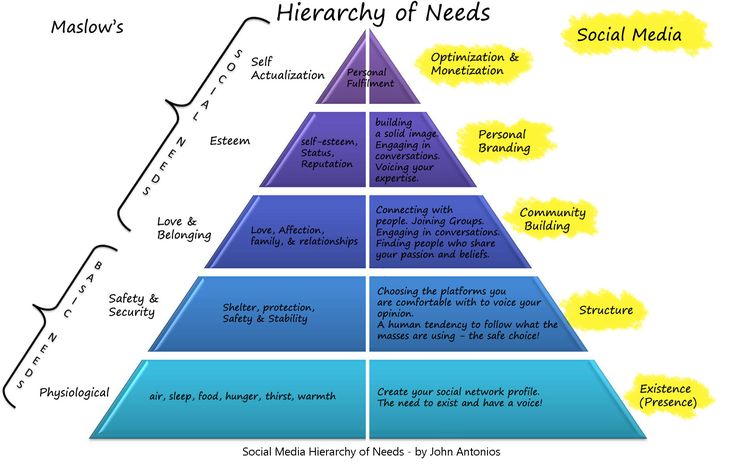 , 2015) and learn to minimize the physical effort required to obtain specific rewards (Skvortsova et al., 2014). This automatic behavioral tendency of effort optimization is theorized to be a neurobiologically anchored process.
, 2015) and learn to minimize the physical effort required to obtain specific rewards (Skvortsova et al., 2014). This automatic behavioral tendency of effort optimization is theorized to be a neurobiologically anchored process.
The TECM assumes that situational factors (such as one's internal physiological state or external physical environment) may either incentivize the behavioral opportunities to minimize or lead the individual to effectively temper the tendency to reduce energetic cost (Cheval et al., 2019). The availability of cognitive resources can weaken the automatic tendency toward effort optimization (Cheval et al., 2018c, 2019). In sum, the theory conceptualizes the evolutionary inclination to avoid unnecessary physical exertion as a restraining force that may hinder the ability of individuals to effectively implement their conscious intention to be physically active.
Major Similarities and Differences Between the Two Theories
The ART is a psychological theory that relates what we know about people's acute affective responses to exercise (Ekkekakis et al. , 2013) and how such experiences can influence the odds of future exercise (Rhodes et al., 2009; Rhodes and Kates, 2015). Simply put, many people (especially untrained individuals and e.g., overweight people) experience negative affect during exercise and this may have a significant negative effect on further exercise engagement. Habitual physical inactivity and exercise avoidance are explained by the ART as learned reactions; they originate from an automatic negative affective valuation of exercise, constituting an important restraining force. Interventions should, therefore, focus on minimizing unpleasant experiences while exercising, and/or should facilitate consistently pleasant experiences during exercise, so that positive automatic affective valuations of exercise can develop.
, 2013) and how such experiences can influence the odds of future exercise (Rhodes et al., 2009; Rhodes and Kates, 2015). Simply put, many people (especially untrained individuals and e.g., overweight people) experience negative affect during exercise and this may have a significant negative effect on further exercise engagement. Habitual physical inactivity and exercise avoidance are explained by the ART as learned reactions; they originate from an automatic negative affective valuation of exercise, constituting an important restraining force. Interventions should, therefore, focus on minimizing unpleasant experiences while exercising, and/or should facilitate consistently pleasant experiences during exercise, so that positive automatic affective valuations of exercise can develop.
The TECM has its roots in evolutionary behavioral biology and posits an ever-present tendency (a restraining force) in human behavior toward efficiency in anticipation of potentially exhausting physical activity as well as during physical performance.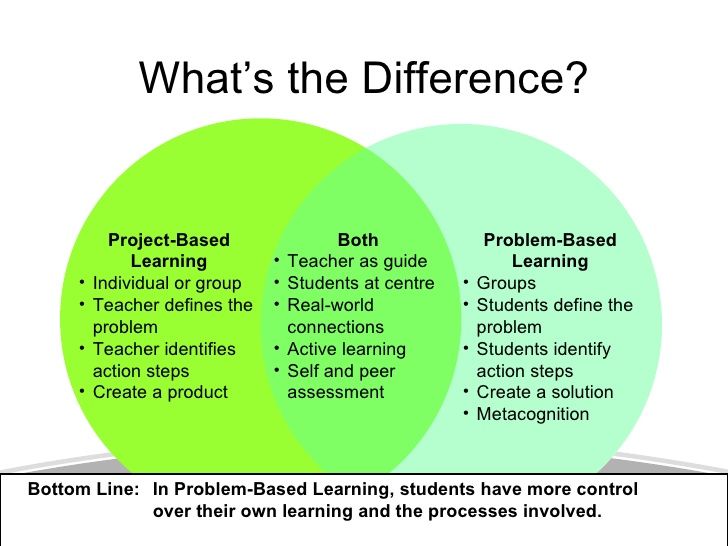 In the light of this theory, with regard to possible intervention approaches, people should be aware that this tendency exists. Most generally, executive cognitive functioning, e.g., the capacity for self-control should be strengthened. In addition, psychological training (Sheeran et al., 2013) through (for example) evaluative conditioning, attentional bias modification, or approach-avoidance training could be useful, in order to change individuals' automatic reactions to physical activity-related stimuli and reduce the restraining force.
In the light of this theory, with regard to possible intervention approaches, people should be aware that this tendency exists. Most generally, executive cognitive functioning, e.g., the capacity for self-control should be strengthened. In addition, psychological training (Sheeran et al., 2013) through (for example) evaluative conditioning, attentional bias modification, or approach-avoidance training could be useful, in order to change individuals' automatic reactions to physical activity-related stimuli and reduce the restraining force.
Conclusion
In our opinion, the fact that most research in exercise psychology pertaining to how people can be motivated to be more physically active is considered through the prism of a few paradigmatically similar cognitivist theories, is problematic. By focusing on the action energizing properties of expectations and goals, the importance of situated processes that can hold the individual back in that particular moment, has been overlooked.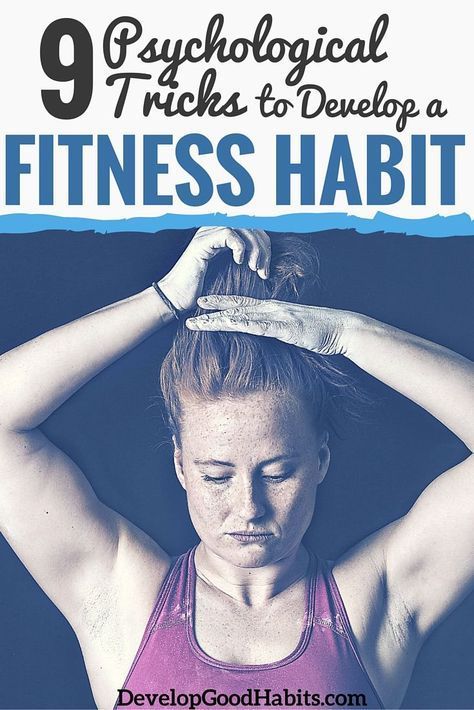 However, in our view, such processes represent crucial components of theoretical explanations of both physical activity (and exercise) and physical inactivity. The two highlighted theoretical approaches, the ART and the TECM, are examples that illustrate directions toward which the field of exercise psychology can evolve.
However, in our view, such processes represent crucial components of theoretical explanations of both physical activity (and exercise) and physical inactivity. The two highlighted theoretical approaches, the ART and the TECM, are examples that illustrate directions toward which the field of exercise psychology can evolve.
Hands-on Recommendations for Real-Life Interventions
Since both theories are relatively new, high-quality studies that would provide direct evidence for the effectiveness of derived intervention methods do not yet exist. Nevertheless, we take the liberty of providing a few suggestions for practice, because these will certainly not have a negative effect on the effectiveness of standard intervention methods (Howlett et al., 2019).
With regard to the ART, we like to emphasize that behavioral interventions (i.e., those that are not only conversation-based) should be delivered by well-trained instructors with expertise in tailored exercise load control.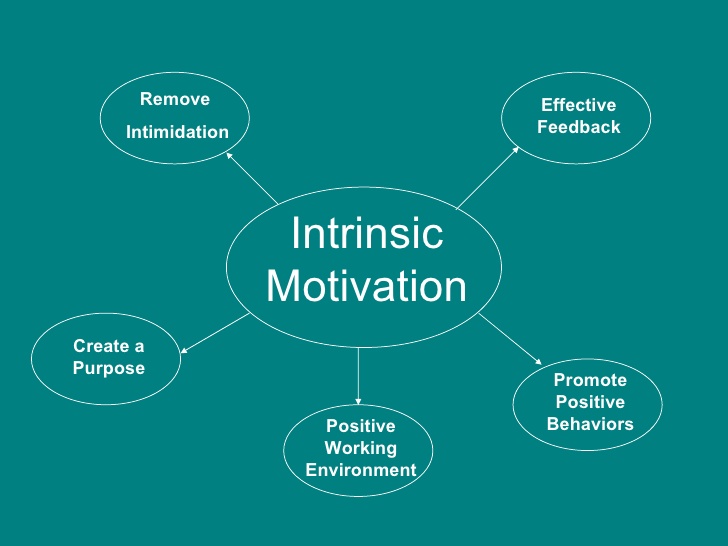 Convincing exercise novices with the help of supportive verbal communication may be a field for psychologists. Facilitating experiences through exercise is profession of exercise specialists however.
Convincing exercise novices with the help of supportive verbal communication may be a field for psychologists. Facilitating experiences through exercise is profession of exercise specialists however.
With regard to the TECM, it is assumed that the behavioral tendency to minimize can be most effectively counteracted by strengthening the individual's cognitive resources and self-control capacity. Feeling relaxed, energetic and focused should help to more effectively implement plans and intentions. Creating conditions that maximize pleasure during physical activity and exercise may play an additional role in counteracting the tendency to reduce energetic cost.
Generally speaking, we also believe that public policy should endorse open, safe and well-maintained infrastructure to promote access to places for walking, cycling and other physical activities, and the architecture of buildings should encourage physical activity throughout the day (e.g., access to stairs, active work-stations).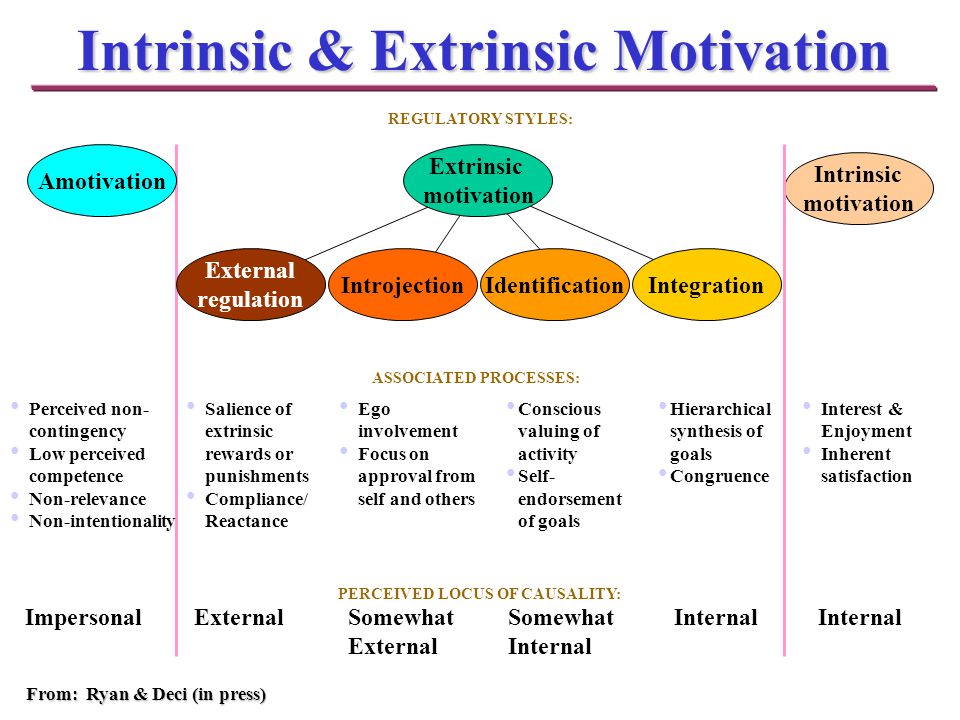 A multi-faceted approach is warranted to effectively address the pandemic of physical inactivity in everyday life.
A multi-faceted approach is warranted to effectively address the pandemic of physical inactivity in everyday life.
Author Contributions
All authors listed have made a substantial, direct and intellectual contribution to the work, and approved it for publication.
Funding
BC is supported by an Ambizione grant (PZ00P1_180040) from the Swiss National Science Foundation (SNSF).
Conflict of Interest Statement
The authors declare that the research was conducted in the absence of any commercial or financial relationships that could be construed as a potential conflict of interest.
References
Ajzen, I. (1985). “From intentions to actions: a theory of planned behavior,” in Action Control: From Cognition to Behavior, eds J. Kuhl and J. Beckmann (Heidelberg: Springer), 11–39. doi: 10.1007/978-3-642-69746-3_2
CrossRef Full Text | Google Scholar
Bandura, A. (1986). Social Foundations of Thought and Action. Englewood Cliffs, NJ: Prentice-Hall.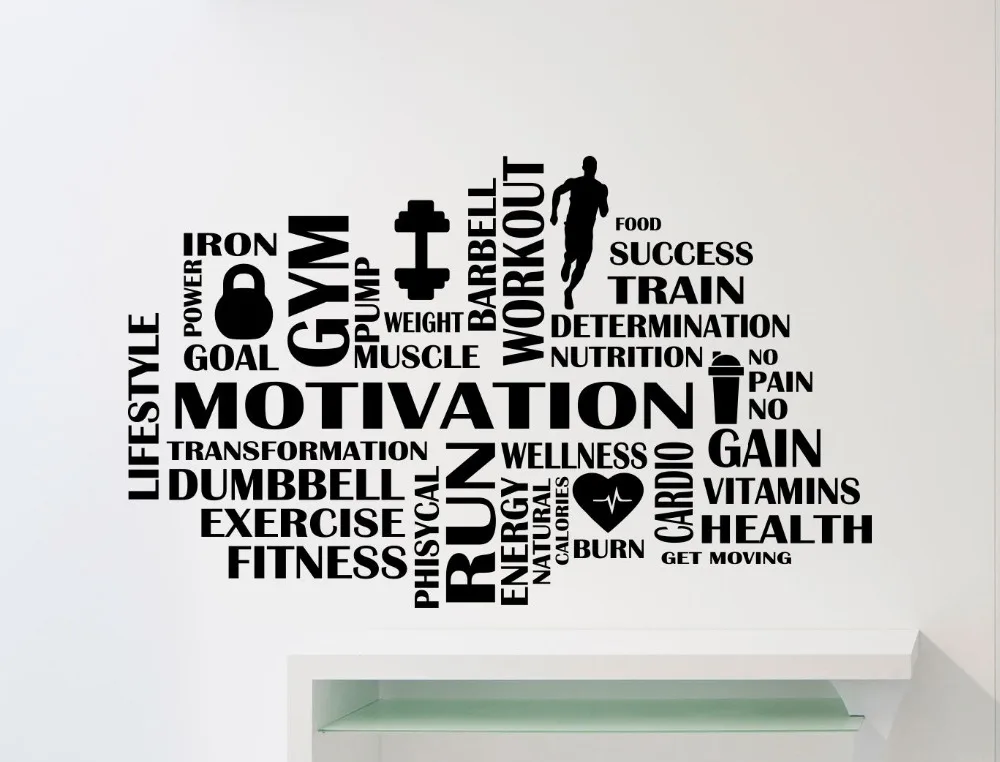
Google Scholar
Biddle, S. J. H., Hagger, M. S., Chatzisarantis, N. L. D., and Lippke, S. (2007). “Theoretical frameworks in exercise psychology,” in Handbook of Sport Psychology, 3rd Edn, eds G. Tenenbaum and R. Eklund (Hoboken, NJ: Wiley), 537–559.
Google Scholar
Biddle, S. J. H., and Vergeer, I. (2019). “Public health perspectives on motivation and behavior change in physical activity,” in Advances in Sport and Exercise Psychology, 4th Edn, eds T. S. Horn and A. L. Smith (Champaign, IL: Human Kinetcis), 333–349.
Google Scholar
Brand, R., and Ekkekakis, P. (2018). Affective-Reflective Theory of physical inactivity and exercise: foundations and preliminary evidence. German J. Exer Sport Res. 48, 48–58. doi: 10.1007/s12662-017-0477-9
CrossRef Full Text | Google Scholar
Cheval, B., Orsholits, D., Sieber, S., Courvoisier, D., Cullati, S., and Boisgontier, M. P. (2018c). Cognitive resources explain engagement in physical activity and its age-related decline: a longitudinal study of 105,206 participants.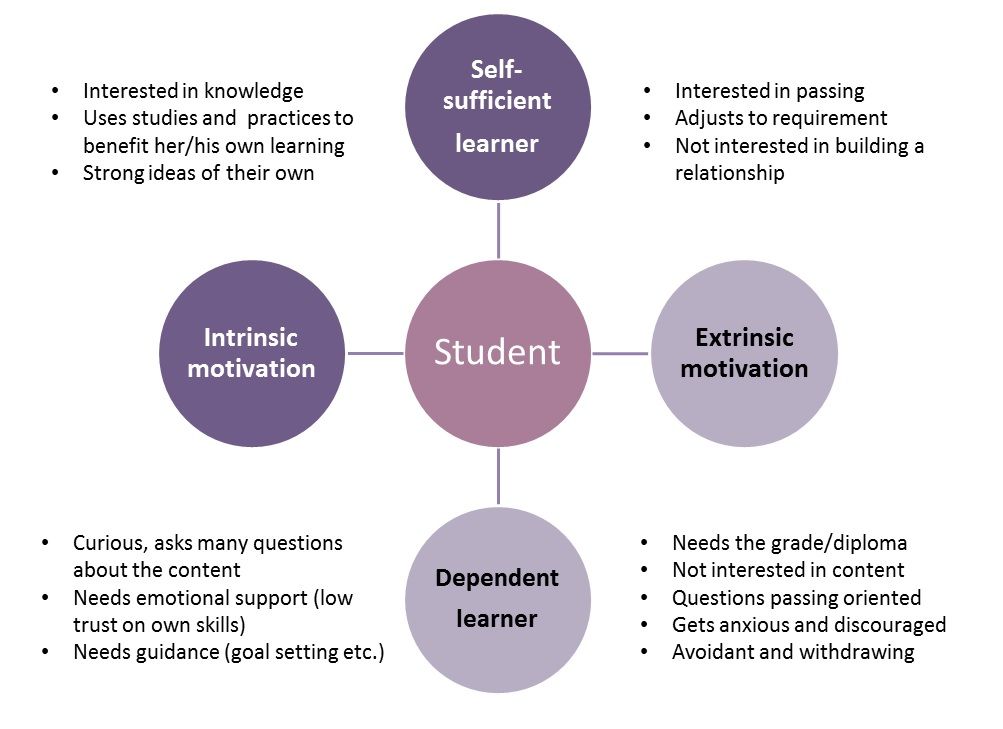 SportRxiv. doi: 10.31236/osf.io/pagx6
SportRxiv. doi: 10.31236/osf.io/pagx6
CrossRef Full Text | Google Scholar
Cheval, B., Radel, R., Neva, J. L., Boyd, L. A., Swinnen, S. P., Sander, D., et al. (2018a). Behavioral and neural evidence of the rewarding value of exercise behaviors: a systematic review. Sports Med. 2018, 1–16. doi: 10.1007/s40279-018-0898-0
CrossRef Full Text | Google Scholar
Cheval, B., Rebar, A. L., Miller, M. W., Sieber, S., Orsholits, D., Baranyi, G., et al. (2019). Cognitive resources moderate the adverse impact of poor perceived neighborhood conditions on self-reported physical activity. SportRxiv. doi: 10.31236/osf.io/ga3wu
CrossRef Full Text | Google Scholar
Cheval, B., Tipura, E., Burra, N., Frossard, J., Chanal, J., Orsholits, D., et al. (2018b). Avoiding sedentary behaviors requires more cortical resources than avoiding physical activity: an EEG study. Neuropsychologia 119, 68–80. doi: 10.1016/j.neuropsychologia.2018.07.029
PubMed Abstract | CrossRef Full Text | Google Scholar
Conn, V.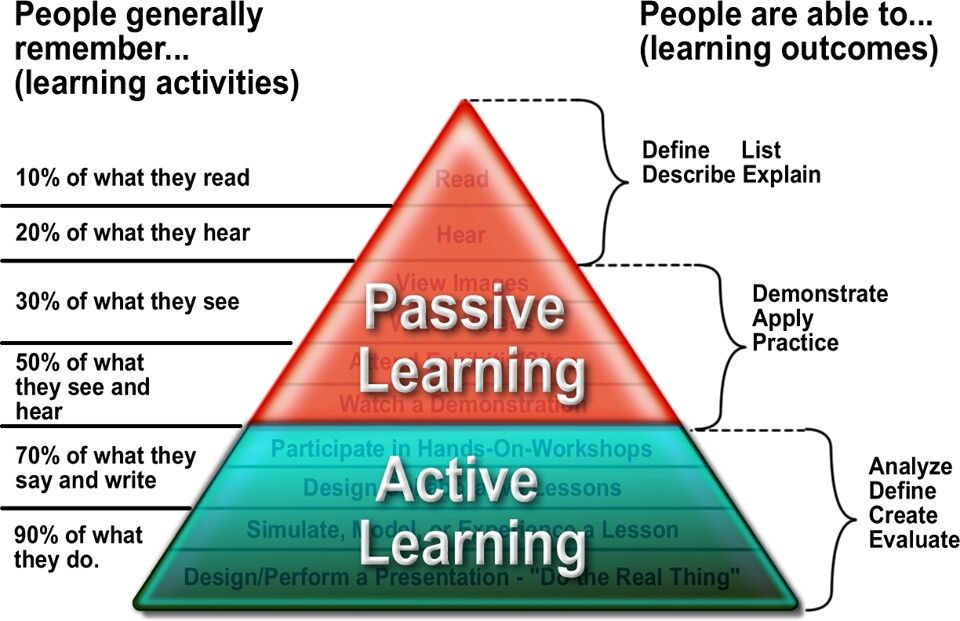 S., Hafdahl, A. R., and Mehr, D. R. (2011). Interventions to increase physical activity among healthy adults: meta-analysis of outcomes. Am. J. Public Health 101, 751–758. doi: 10.2105/AJPH.2010.194381
S., Hafdahl, A. R., and Mehr, D. R. (2011). Interventions to increase physical activity among healthy adults: meta-analysis of outcomes. Am. J. Public Health 101, 751–758. doi: 10.2105/AJPH.2010.194381
PubMed Abstract | CrossRef Full Text | Google Scholar
Deci, E. L., and Ryan, R. M. (1985). Intrinsic Motivation and Self-Determination in Human Behavior. New York, NY: Plenum Press.
Google Scholar
Ekkekakis, P. (2017). People have feelings! Exercise psychology in paradigmatic transition. Curr. Opin. Psychol. 16, 84–88. doi: 10.1016/j.copsyc.2017.03.018
PubMed Abstract | CrossRef Full Text | Google Scholar
Ekkekakis, P., Hargreaves, E. A., and Parfitt, G. (2013). Introduction to special section on affective responses to exercise. Psychol. Sport Exer. 14, 749–750. doi: 10.1016/j.psychsport.2013.04.007
CrossRef Full Text | Google Scholar
Fishbein, M., and Ajzen, I. (1975). Belief, Attitude, Intention, and Behavior: An Introduction to Theory and Research.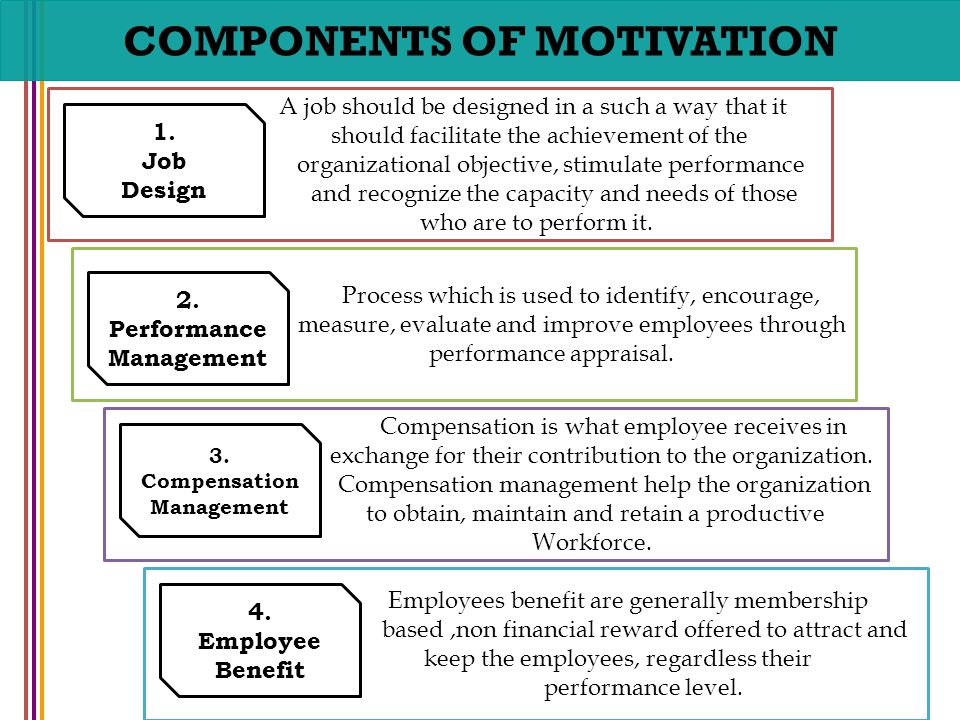 Reading, MA: Addison-Wesley.
Reading, MA: Addison-Wesley.
Google Scholar
Gollwitzer, P. M. (1999). Implementation intentions: strong effects of simple plans. Am. Psychol. 54, 493–503. doi: 10.1037/0003-066X.54.7.493
CrossRef Full Text | Google Scholar
Hagger, M. (2018). “Interventions based on behavioral theory work in the real world,” in Abstract Book for the ISBNPA 2018 Annual Meeting in Hong Kong (International Society of Behavioral Nutrition and Physical Activity), 22–23. Retrieved from: https://www.isbnpa.org/files/articles/2018/07/04/102/attachments/5b3d0ebde1d22.pdf
Google Scholar
Howlett, N., Trivedi, D., Troop, N. A., and Chater, A. M. (2019). Are physical activity interventions for healthy inactive adults effective in promotingbehavior change and maintenance, and which behavior change techniques are effective? A systematic review and meta-analysis. Transl. Behav. Med. 9, 147–157. doi: 10.1093/tbm/iby010
PubMed Abstract | CrossRef Full Text | Google Scholar
Lewin, K.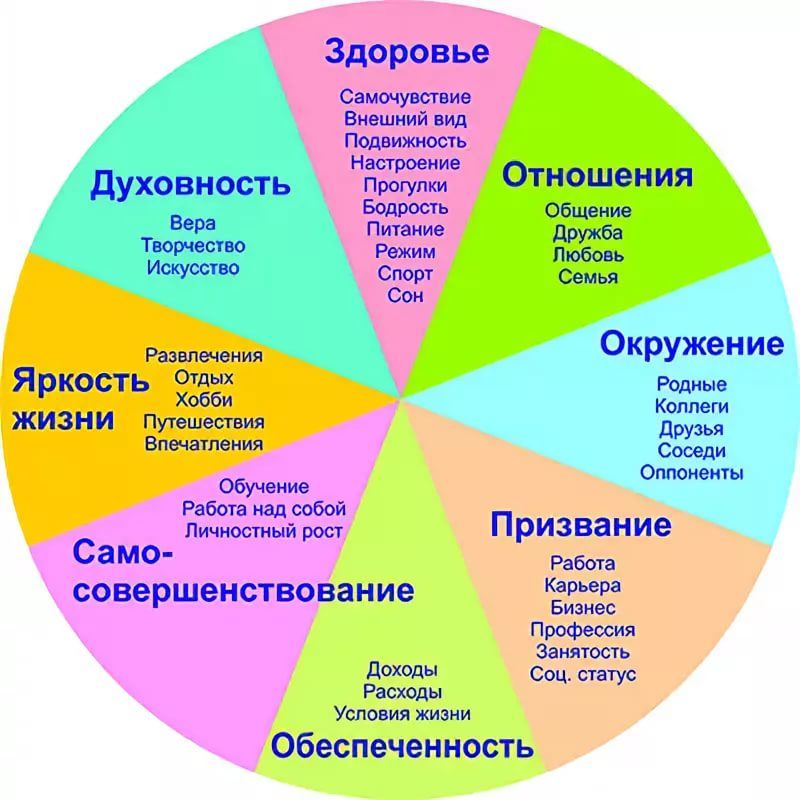 (1951). Field Theory in Social Science: Selected Theoretical Papers, ed D. Cartwright. New York, NY: Harper & Row.
(1951). Field Theory in Social Science: Selected Theoretical Papers, ed D. Cartwright. New York, NY: Harper & Row.
Google Scholar
Prochaska, J., and DiClemente, C. C. (1983). Stages and processes of self-change of smoking: toward an integrative model of change. J. Consul. Clin. Psychol. 51, 390–395.
PubMed Abstract | Google Scholar
Rhodes, R. E., Fiala, B., and Conner, M. (2009). A review and meta-analysis of affective judgments and physical activity in adult populations. Ann. Behav. Med. 38, 180–204. doi: 10.1007/s12160-009-9147-y
PubMed Abstract | CrossRef Full Text | Google Scholar
Rhodes, R. E., and Kates, A. (2015). Can the affective response to exercise predict future motives and physical activity behavior? A systematic review of published evidence. Ann. Behav. Med. 49, 715–731. doi: 10.1007/s12160-015-9704-5
PubMed Abstract | CrossRef Full Text | Google Scholar
Rhodes, R. E., McEwan, D., and Rebar, A.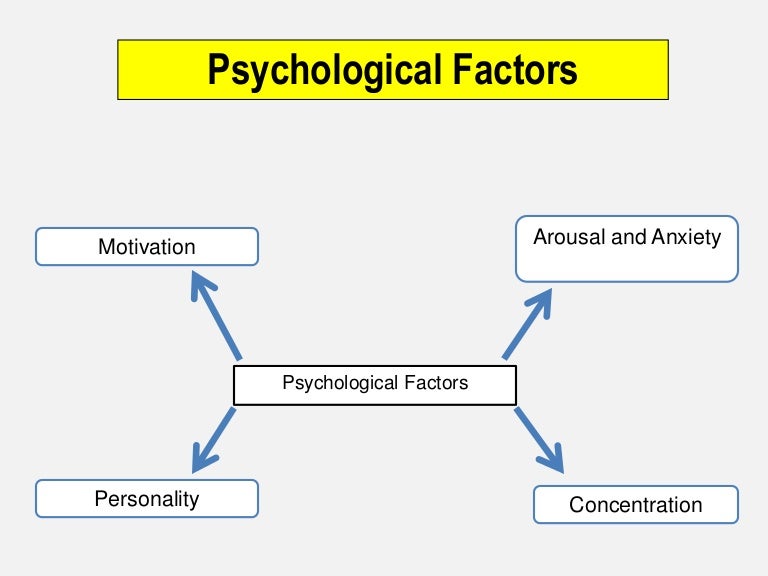 L. (2019). Theories of physical activity and behavior change: a history and synthesis of approaches. Psychol. Sport Exer. 42, 100–109. doi: 10.1016/j.psychsport.2018.11.010
L. (2019). Theories of physical activity and behavior change: a history and synthesis of approaches. Psychol. Sport Exer. 42, 100–109. doi: 10.1016/j.psychsport.2018.11.010
CrossRef Full Text | Google Scholar
Schwarzer, R. (1992). “Self-efficacy in the adoption and maintenance of health behaviors: theoretical approaches and a new model,” in Self-Efficacy: Thought Control of Action, ed R. Schwarzer (Bristol, PA: Taylor & Francis), 217–243.
Google Scholar
Selinger, J. C., O'Connor, S. M., Wong, J. D., and Donelan, J. M. (2015). Humans can continuously optimize energetic cost during walking. Curr. Biol. 25, 2452–2456. doi: 10.1016/j.cub.2015.08.016
PubMed Abstract | CrossRef Full Text | Google Scholar
Sheeran, P., Gollwitzer, P. M., and Bargh, J. A. (2013). Nonconscious processes and health. Health Psychol. 32:460. doi: 10.1037/a0029203
PubMed Abstract | CrossRef Full Text | Google Scholar
Skvortsova, V., Palminteri, S.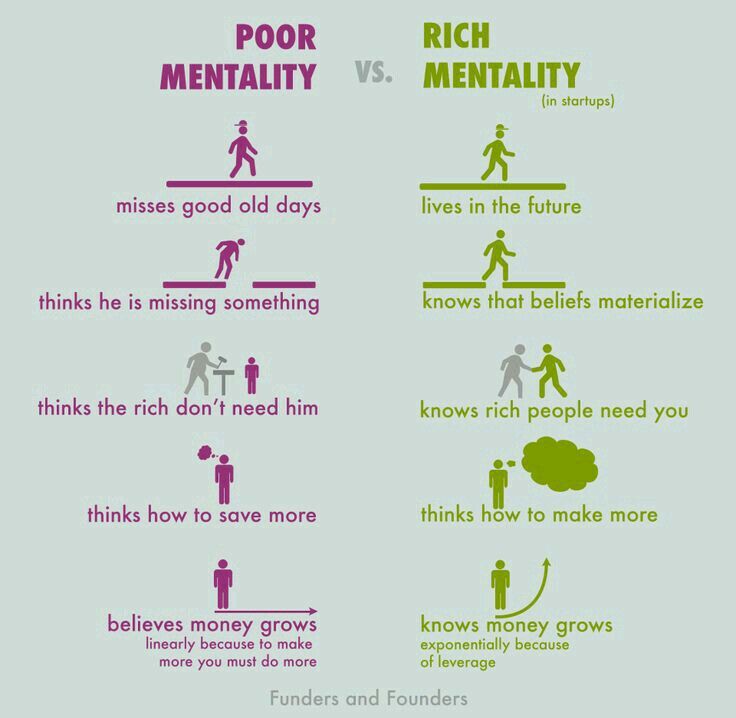 , and Pessiglione, M. (2014). Learning to minimize efforts versus maximizing rewards: computational principles and neural correlates. J. Neurosci. 34, 15621–15630. doi: 10.1523/JNEUROSCI.1350-14.2014
, and Pessiglione, M. (2014). Learning to minimize efforts versus maximizing rewards: computational principles and neural correlates. J. Neurosci. 34, 15621–15630. doi: 10.1523/JNEUROSCI.1350-14.2014
PubMed Abstract | CrossRef Full Text | Google Scholar
Srinivasan, M., and Ruina, A. (2006). Computer optimization of a minimal biped model discovers walking and running. Nature 439:72. doi: 10.1038/nature04113
PubMed Abstract | CrossRef Full Text | Google Scholar
Teixeira, P. J., Carraça, E. V., Markland, D., Silva, M. N., and Ryan, R. M. (2012). Exercise, physical activity, and self-determination theory: a systematic review. Int. J. Behav. Nutr. Phys. Activity 9:78. doi: 10.1186/1479-5868-9-78
PubMed Abstract | CrossRef Full Text | Google Scholar
Weed, M. (2018). “Interventions based on behavioral theory do not work in the real world,” in Abstract book for the ISBNPA 2018 Annual Meeting in Hong Kong (International Society of Behavioral Nutrition and Physical Activity), 23.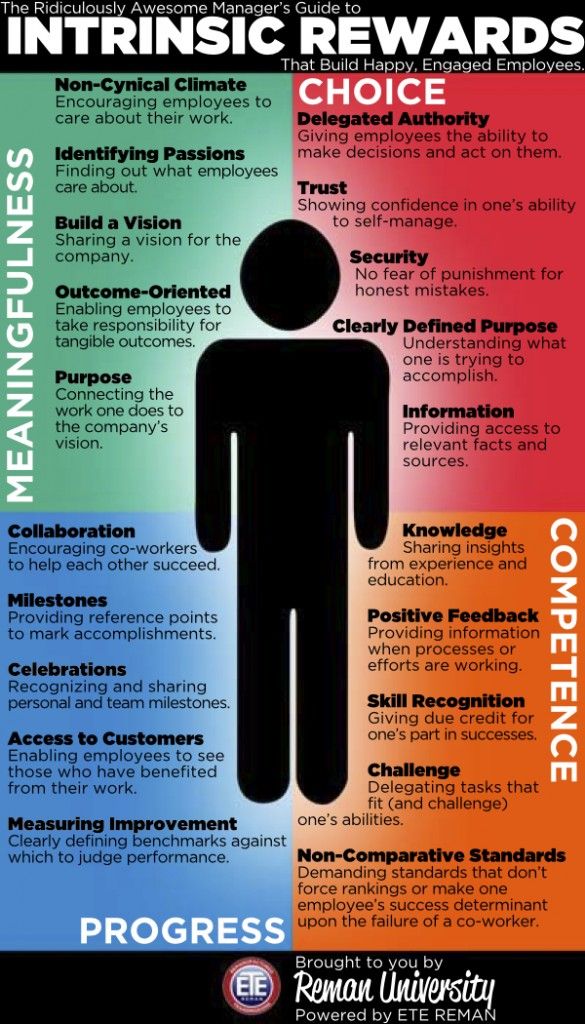 Retrieved from: https://www.isbnpa.org/files/articles/2018/07/04/102/attachments/5b3d0ebde1d22.pdf
Retrieved from: https://www.isbnpa.org/files/articles/2018/07/04/102/attachments/5b3d0ebde1d22.pdf
Google Scholar
Young, M. D., Plotnikoff, R. C., Collins, C., Callister, R., and Morgan, P. J. (2014). Social cognitive theory and physical activity: a systematic review and meta-analysis. Obes. Rev. 12, 983–995. doi: 10.1111/obr.12225
CrossRef Full Text | Google Scholar
10 Psychological Tricks to increase Fitness Motivation
Success and victory with these 10 Fitness Motivation tipsThe thought of having to take time out of an already busy schedule to exercise and get all sweaty can (understandably) fill the average person with a sense of dread. We’ve all been there before and if you overthink it, your brain will continue to try to talk you out of it… There are plenty of excuses not to exercise- you’ve had a long day, there’s laundry piled up, or the classic “I will relax for just 5 more minutes and then go exercise,” which always ends up extending through the rest of the day.
Why is it so hard to get up and go to the gym and how can we change our mindsets? Motivation is the key, it is the drive that we need to perform all our tasks and responsibilities throughout the day. Motivation is also the key to keeping exercise a habit- here are our 10 psychological tricks for staying motivated and tackling fitness goals:
Set Goals! Start off with smaller and more achievable goals when you are beginning your exercise journey. Too often we do too much too soon and end up discouraged and defeated. Don’t decide to start running 5 miles a day if you’re just starting out. Realistically, that is unlikely to happen right off the bat, it takes time to build up endurance. Focus instead on process-based goals like perfecting your form or decreasing your mile run time over the course of a month, those will help you stay motivated and keep your eye on the prize. Don’t forget to celebrate the small successes along the way too!
Focus on YOU and you ONLY. Don’t lose yourself in your progress (or lack thereof) when working on incorporating exercise into your lifestyle. Exercising is a fundamental component of self-care, so being kind to yourself during the process in important. Using exercise as a way to determine your self worth is ineffective and extremely unhealthy for your mental state. Exercising for the right reasons is more likely to keep you exercising and turning it into a habit and lifestyle. Focus on how exercising makes you feel instead of how it makes you look. Take pride in your accomplishments, no matter how small!
Don’t lose yourself in your progress (or lack thereof) when working on incorporating exercise into your lifestyle. Exercising is a fundamental component of self-care, so being kind to yourself during the process in important. Using exercise as a way to determine your self worth is ineffective and extremely unhealthy for your mental state. Exercising for the right reasons is more likely to keep you exercising and turning it into a habit and lifestyle. Focus on how exercising makes you feel instead of how it makes you look. Take pride in your accomplishments, no matter how small!
Think Positive. Associating exercise with positive thoughts, memories, and images will improve your motivation and help you become more consistent with your workout routine. It is also important to start your workouts with something you enjoy, use the treadmill if you enjoy running, or focus on stretching if that makes you happy. Focus on building a positive self-image and imagine how happy you are going to be once you finish your work-out (yay endorphins) and accomplish your goals.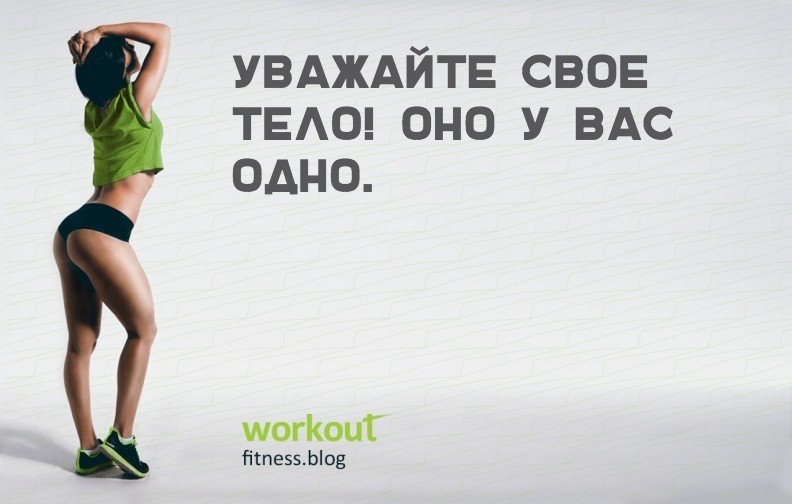
Treat yourself along the way. There is truth behind the saying, “motion creates emotion.” Exercising releases endorphins which trigger positive feelings and good attitudes- so do gifts and treats! Taking the initiative and making the first move to get up and work-out improves your mood, allows oxygen to flow through your body, and increases your motivation to get up and exercise again the next day. Some days it is hard to find the will to exercise, but taking action and doing it anyways leads to the motivation you need. On days when it’s particularly tough, reward yourself with a treat (like an iced coffee, or a yummy protein bar) after you leave the gym. Celebrate bigger milestones with gifts to yourself like massages and new workout clothes! Rewarding yourself will help keep you on track and motivated to push through tough times and plateaus.
Be proactive in saving yourself from yourself. You know and understand yourself and your limits better than anyone else.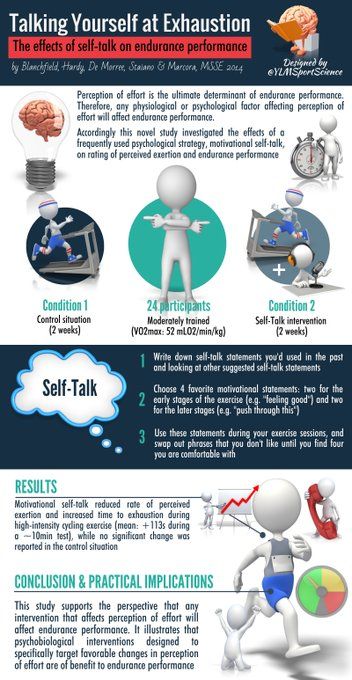 If you know that it is difficult for you to get up and go to the gym after you get home from work, go in the morning. If you know that running a mile first-thing drains your motivation to do anything else, save that for last. Plan your routine and gym-time in a way that maximizes the use of your willpower to keep you motivated for longer. If you’re prone to self-sabotaging, find ways of tricking yourself!
If you know that it is difficult for you to get up and go to the gym after you get home from work, go in the morning. If you know that running a mile first-thing drains your motivation to do anything else, save that for last. Plan your routine and gym-time in a way that maximizes the use of your willpower to keep you motivated for longer. If you’re prone to self-sabotaging, find ways of tricking yourself!
Find an Exercise you Love. Finding happiness in your exercise routine is vital to having success and keeping up the habit. When you have an exercise that you enjoy and that is fun it gives you internal motivation to keep up the routine. Focusing on building a personal drive founded on sheer enjoyment builds a positive body-image, links healthy habits with a happy mind, and continually increases your overall desire and motivation to make exercising regularly a lifestyle. It’s okay to try different forms of exercise- try a dance class, yoga, pilates, spinning, running, trampoline jumping- anything active!
Make a Playlist.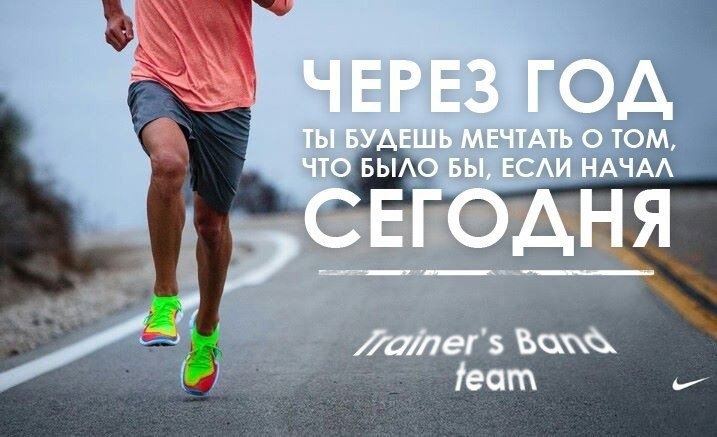 Music has been proven to enhance performance when exercising and choosing the right songs per your taste in music will reduce your perceived effort. Picking music that not only is high-intensity but is also encouraging and offers an emotional connection will increase motivation. Endurance will be increased because your brain is focusing on the songs and the emotions that accompany them rather than the task at hand.
Music has been proven to enhance performance when exercising and choosing the right songs per your taste in music will reduce your perceived effort. Picking music that not only is high-intensity but is also encouraging and offers an emotional connection will increase motivation. Endurance will be increased because your brain is focusing on the songs and the emotions that accompany them rather than the task at hand.
Grab a Friend. Having a partner in crime to sweat with you and take part in your exercise routine results in higher levels of motivation and accountability. It’s a lot harder to push snooze on that alarm clock when you have a friend waiting for you at the gym or workout class. In general, we are much more motivated to exercise when we have someone else to push us and participate in some friendly competition. It is easy to encourage one another to do that last rep or run that last mile. It is easier to exercise when you are enjoying your time rather than looking at the clock and counting down the seconds.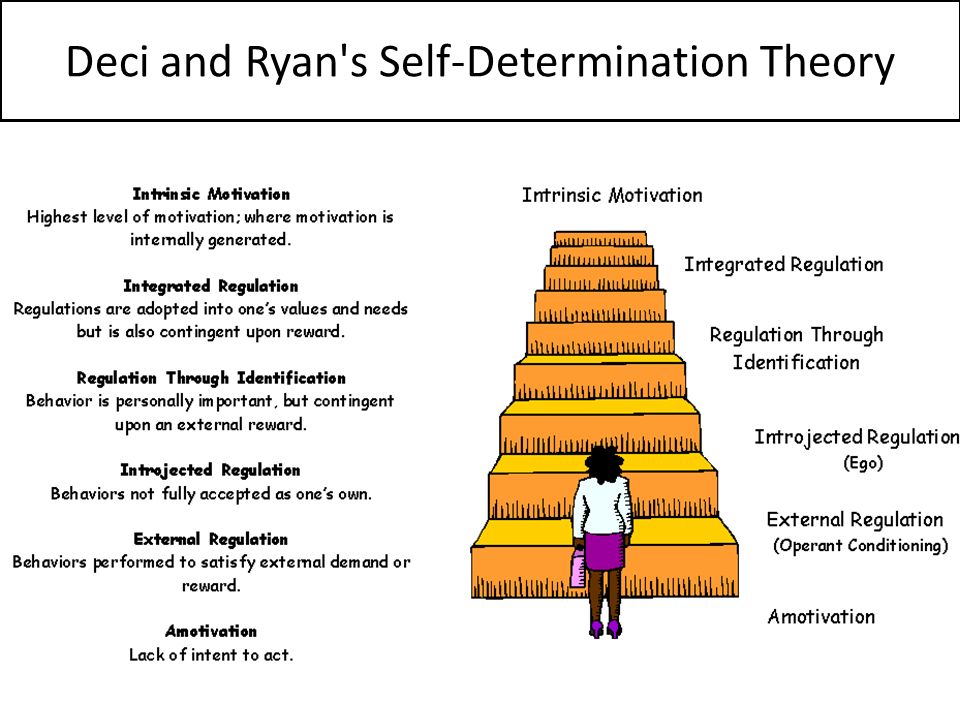 Taking a friend to the gym helps you with your motivation and will help them with theirs.
Taking a friend to the gym helps you with your motivation and will help them with theirs.
Convenience is key. We all wake up in the morning with a certain amount of willpower each day. It is important not to make things more difficult than they need to be and find ways to reduce our already stressful lives. Convenience in itself is an excellent motivator. Finding a gym near you, or making your own at-home gym, will make it easier for you to keep exercising regularly and make it less of a chore.
Use social media as a motivator. We all use it one way or another. The internet is full of fitness networks for every stage of life. Virtual networks, much like the buddy-system we mentioned earlier, can help keep you motivated and increase that motivation over time. Good peer pressure does exist, as long as it is keeping you motivated and inspired. It keeps you accountable and links you with people going through your same struggles. It also gives you a wonderful support group where you can update one another on your progress and where you may need help.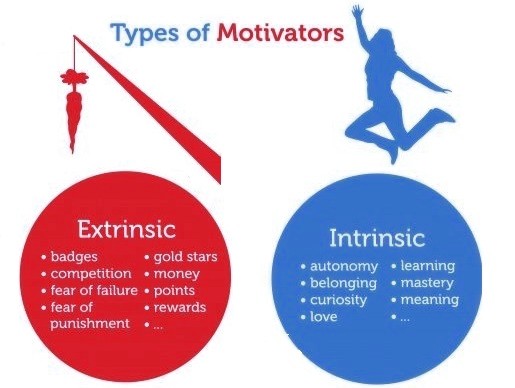
Motivation as a component of physical culture lessons
Authors : Slepchenko Albina Leonidovna, Krasnov Roman Kirillovich, Volsky Vasily Vasilievich
Heading : Physical culture and sports nine0005
Posted by in young scientist #19 (257) May 2019
Publication date : 05/10/2019 2019-05-10
Article viewed: 10603 times nine0005
Download electronic version
Download Part 5 (pdf)
References:
Slepchenko, A. L. Motivation as a component of physical education / A. L. Slepchenko, R. K. Krasnov, V. V. Volsky. - Text: direct // Young scientist. - 2019. - No. 19 (257). — S. 388-390. — URL: https://moluch.ru/archive/257/58864/ (date of access: 12/20/2022).
L. Motivation as a component of physical education / A. L. Slepchenko, R. K. Krasnov, V. V. Volsky. - Text: direct // Young scientist. - 2019. - No. 19 (257). — S. 388-390. — URL: https://moluch.ru/archive/257/58864/ (date of access: 12/20/2022).
nine0005
Physical culture and sports promote health, improve functional and motor capabilities. They are an integral part of a healthy lifestyle and lead to the harmonious physical and spiritual development of the individual. Systematic physical culture and sports preserve youth, health, longevity, which is accompanied by a creative labor upsurge.
Of great importance is a conscious attitude to physical culture and sports. Any physical culture program should be based on the principle of constant motivation, active attitude towards arbitrary self-improvement and self-development in sports. Motivation for sports is the most important aspect, in many respects not inferior in importance to the training process itself. It reflects an interest in training, an active and conscious attitude to sports and is one of the factors for the successful development of a training program and progress. nine0005
It reflects an interest in training, an active and conscious attitude to sports and is one of the factors for the successful development of a training program and progress. nine0005
“Motivation is an impulse to action; psycho-physiological process that controls human behavior, capable of setting its direction, organization, activity and stability; the ability of a person to satisfy his own needs” [1]. Motivation for physical activity is a special state of the individual, aimed at achieving the optimal level of physical fitness and performance. There are various motives for physical culture and sports activities. First of all, you need to understand that motivation can be divided into short-term and long-term. Short-term motivation can be understood as the initial emotional push that prompts a person to start physical education and change their lifestyle. The reasons for such a push, as a rule, are purely personal and may be associated with some events or personal characteristics.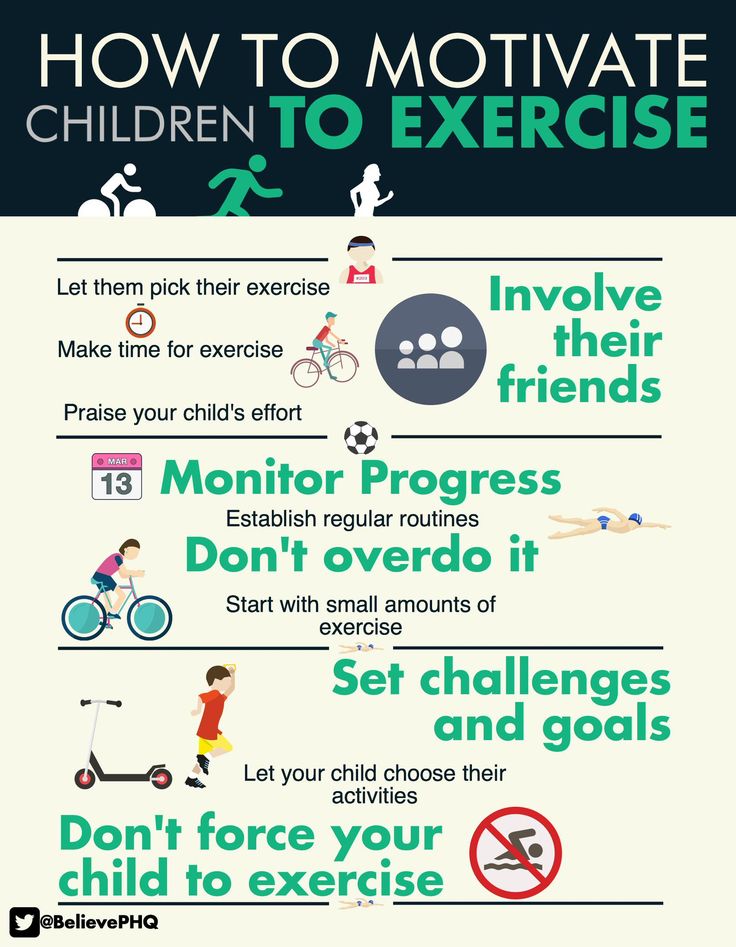 The main feature of short-term motivation is that it represents only a momentary desire, an idea that is largely associated with mood. Such motivation can only be used to initiate lifestyle changes. Over time, it will dry up, and the desire to give yourself to training will decline. For regular physical education, long-term motivation is needed, which will allow the trainee to maintain the desire to engage in and not quit, to make training a habit. nine0005
The main feature of short-term motivation is that it represents only a momentary desire, an idea that is largely associated with mood. Such motivation can only be used to initiate lifestyle changes. Over time, it will dry up, and the desire to give yourself to training will decline. For regular physical education, long-term motivation is needed, which will allow the trainee to maintain the desire to engage in and not quit, to make training a habit. nine0005
Long-term motivation can be seen as a combination of several factors that allow the trainee to exercise comfortably and enjoy the process. The lesson itself must be, first of all, of high quality. One of the most important criteria for high-quality physical education is the competent construction of a lesson plan. “They should not be uniform, but should include the performance of various exercises so that both physical and mental fatigue do not occur” [1]. The program of each lesson should take into account the individual needs of the student, related to his ability to perform a particular exercise and physical condition.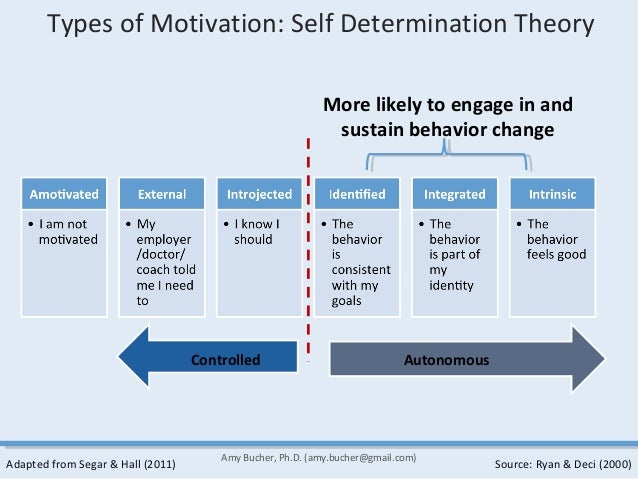 nine0005
nine0005
In addition to interest in the activity, for long-term motivation, a person must also have a goal, a motive for training. Such motives can be divided into two subgroups: physiological and psychological.
Physiological motives include all motives associated with improving the physiological qualities of the body:
- Aesthetic motives: the desire to improve one's appearance, look beautiful and impress others. It is the most popular motivation among young people. nine0050
- Improving motives: the desire to strengthen immunity and health, to keep your body in good shape. As a rule, such motivation directs a person to workouts associated with light but constant loads, which contribute to the development and strengthening of the internal systems of the body.
- Cognitive and developmental motives: the desire to know your body, reveal your potential and develop such physical qualities as working capacity, energy, mobility, flexibility, speed, strength, endurance.
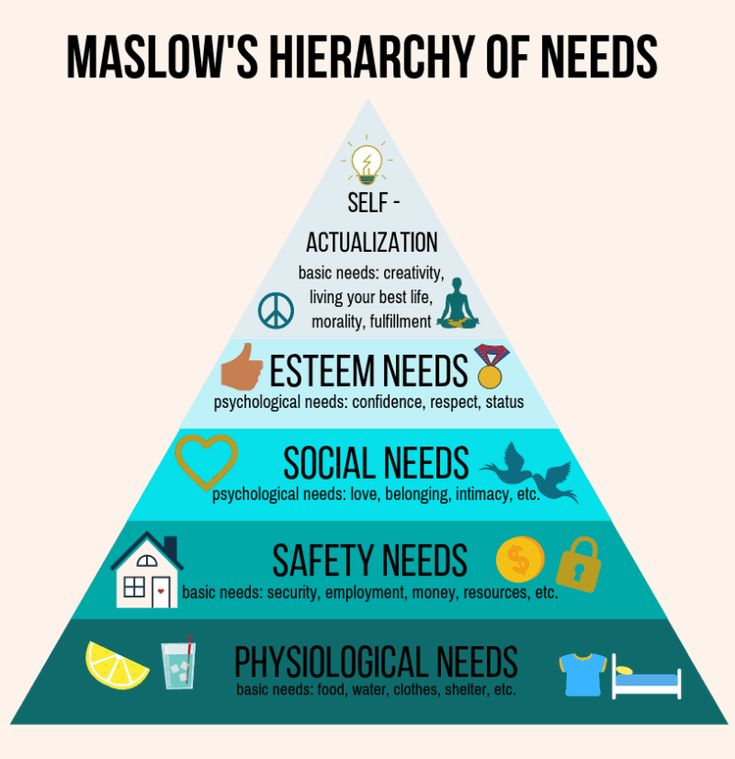 nine0050
nine0050
Psychological motives include motives related to the interests and desires of the trainee as a person:
- Competitive-competitive motives: the desire to be better than others in some specific aspects or in some particular type of exercise or sport. Such motives are directly related to the desire to be highly appreciated, to stand out among others, to be special, the best, to go down in history. In fact, thanks to this motivation, professional sports in its modern sense were born. Competitive and competitive motives are the main ones for professional athletes and motivate them to bring their physiological and psychological qualities to perfection. Nevertheless, such motives are also applicable in ordinary group physical education classes for schoolchildren or students, but they are rather individual, since they are far from being a priority for everyone. nine0050
- Communication motives: associated with the enjoyment of group physical education and the opportunity to see and communicate with their friends and coaches.
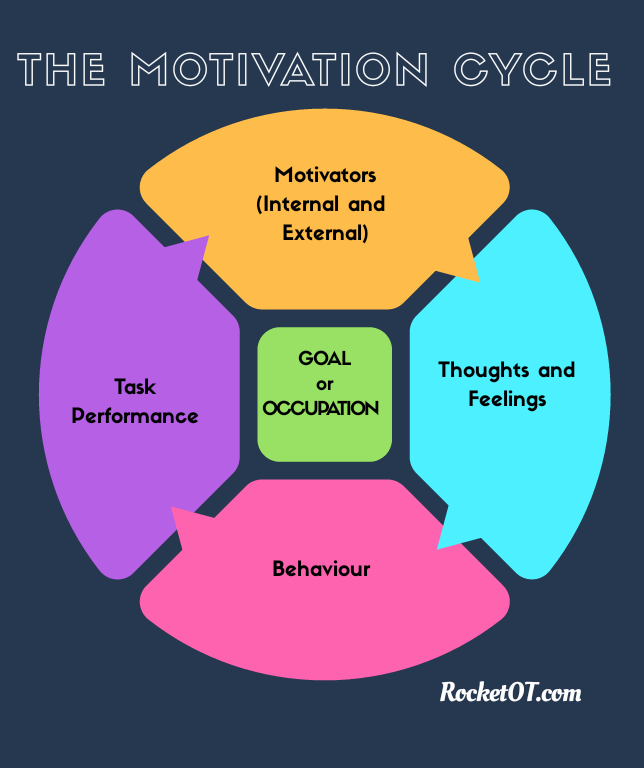
- Psychologically significant motives: associated with getting pleasure not from achieving a result, but from the process itself. It may be the desire to simply satisfy the needs for physical activity. Or the desire for psychological relief: during training, a person’s thoughts and emotions are neutralized, this helps many save their nerves, take a break from constant psychological stress and distract themselves from problems for a while. Also, such motives include the desire to constantly develop oneself as a person: the desire to become more disciplined, persistent, self-confident, self-organized. nine0050
- Administrative motives: conditions that require the trainee to practice physical culture and achieve any specific results. This, as a rule, refers to school and student physical education classes, where students who are not interested in sports need to be additionally motivated. The essence of such motivation lies in the fact that for classes and the achievement of specific results, students receive a credit or assessment.
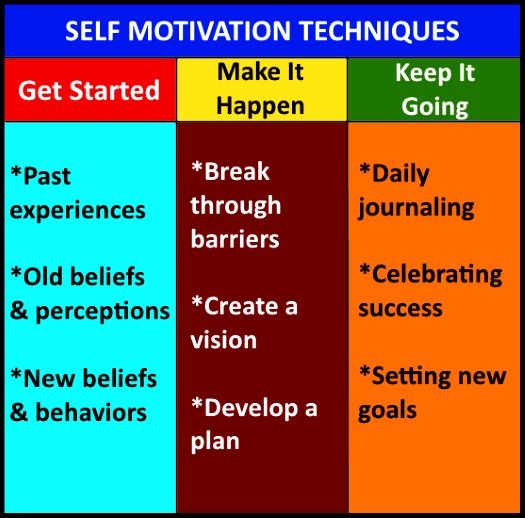
Each of these motives or their combination can help a person to engage in physical culture - it directly depends on a huge number of factors: life situation, physical and mental qualities of a person, character, etc. But the concept of long-term motivation does not mean that this motivation is constant and endless. A person can easily lose the desire to exercise under the influence of a completely different type of motivation: negative motivation (demotivation). Negative motivation is a set of interfering factors and certain inconveniences that are conscious of a person and prevent the implementation of certain actions. A trainee may experience negative motivation in physical education if: nine0005
- Training does not bring pleasure, is not desirable, attendance is rather forced.
- The requirements for performing any exercises and achieving specific results are overstated or, conversely, underestimated.
- Classes do not bring any tangible result.
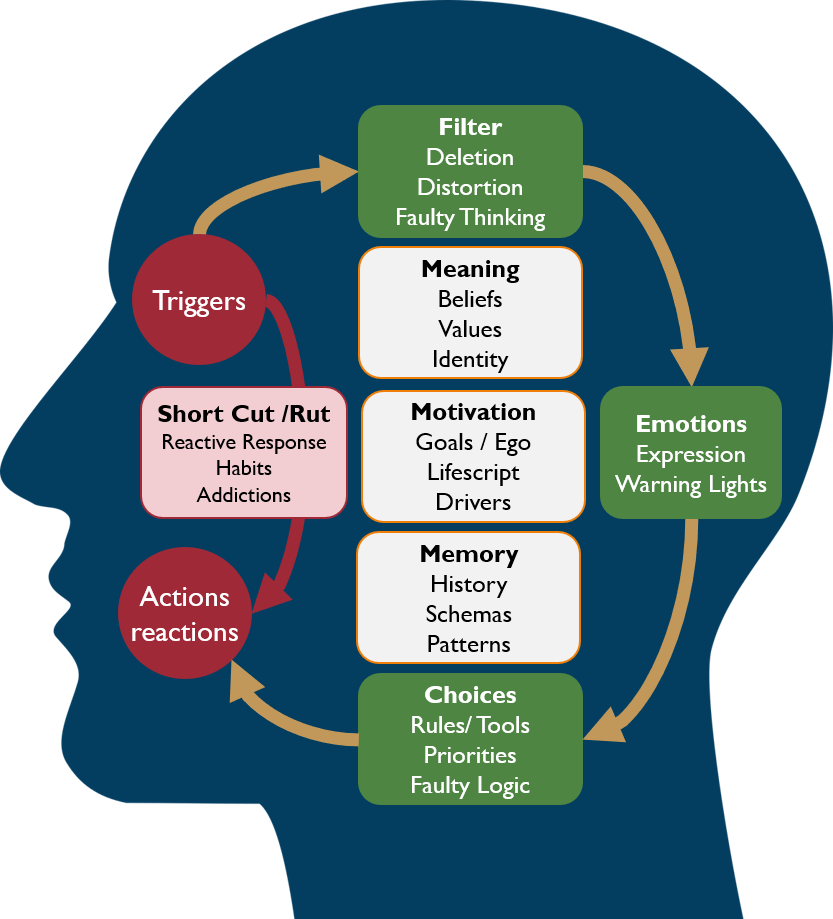
“The study of the motivation of sports activity is today an urgent direction that contributes to the study of the possibilities of forming motivation for a healthy lifestyle both among young people and among the population as a whole” [4, p. 72]. Motivation is one of the main components of physical culture lessons. It is necessary to actively form the internal motivation of physical culture and sports activities, taking into account the emotional orientation of the individual, physiological and psychological characteristics and personal characteristics. nine0005
Literature:
- Martyn I. A. Formation of motivation for physical culture and sports among student youth // Universum: Psychology and education: electron. scientific magazine 2017. No. 6(36).
- Danilina AI, Olkhovskaya EA Motivation in physical culture and sports // Scientific community of students of the XXI century. Humanitarian sciences. Electronic collection of articles based on the materials of the XXV student international correspondence scientific and practical conference.
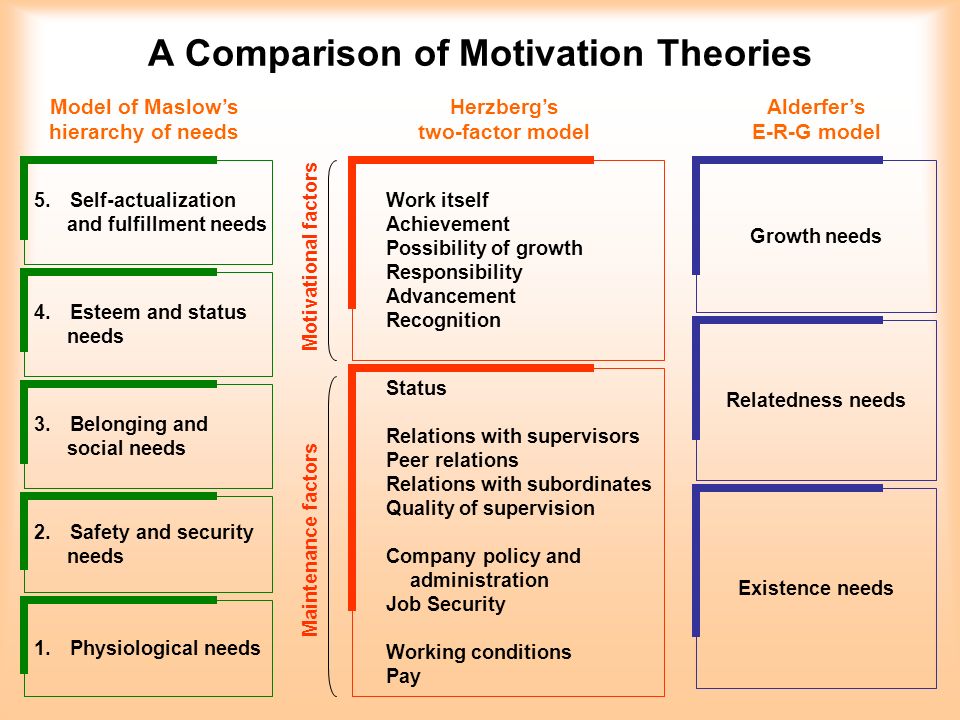 2014. No. 10(25). with. 159-165.
2014. No. 10(25). with. 159-165. - Belova N. A., Belova O. O. Study of the motivation of sports activities // Personality in a changing world: health, adaptation, development: electron. scientific magazine. 2014. No. 4(7). with. 66–73.
Basic terms (automatically generated) : physical culture, motive, occupation, desire, motivation, long-term motivation, negative motivation, healthy lifestyle, short-term motivation, physical culture and sports activities. nine0005
Similar articles
Studying
motives sports activities pupils sports ... The article discusses approaches to the study and classification of motives sports activities of pupils of sports schools. Keywords: sports activity , motive . Motivation for any activity is of very high importance and it is especially important .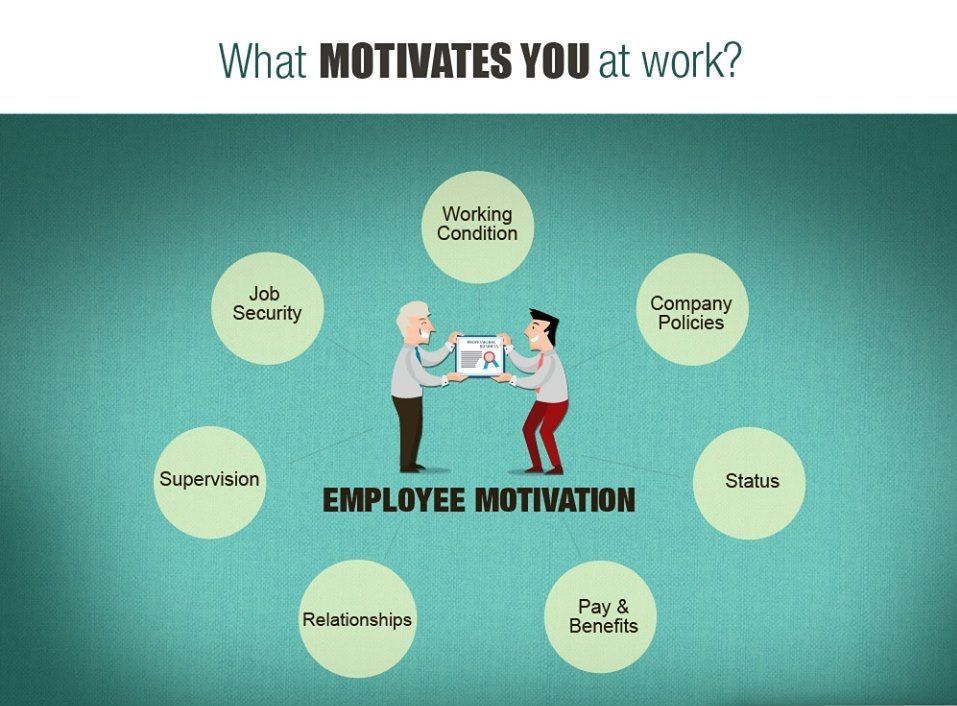 ..
..
Formation
motivation physical training culture ...One of the most important problems of physical education of students is their reduced motivation for classes in physical culture . At the same time, in the conditions of today's life , the requirements for university graduates are significantly increasing.
Predominance of internal
motivation in athletes as a factor...Motivation is of high importance in any activity of a person, especially in sports, where in a very short time
Motivation is basically what guides and supports sports activities. There are two types of motivation in sports : internal...
Keywords: health,
motivation , physical culture .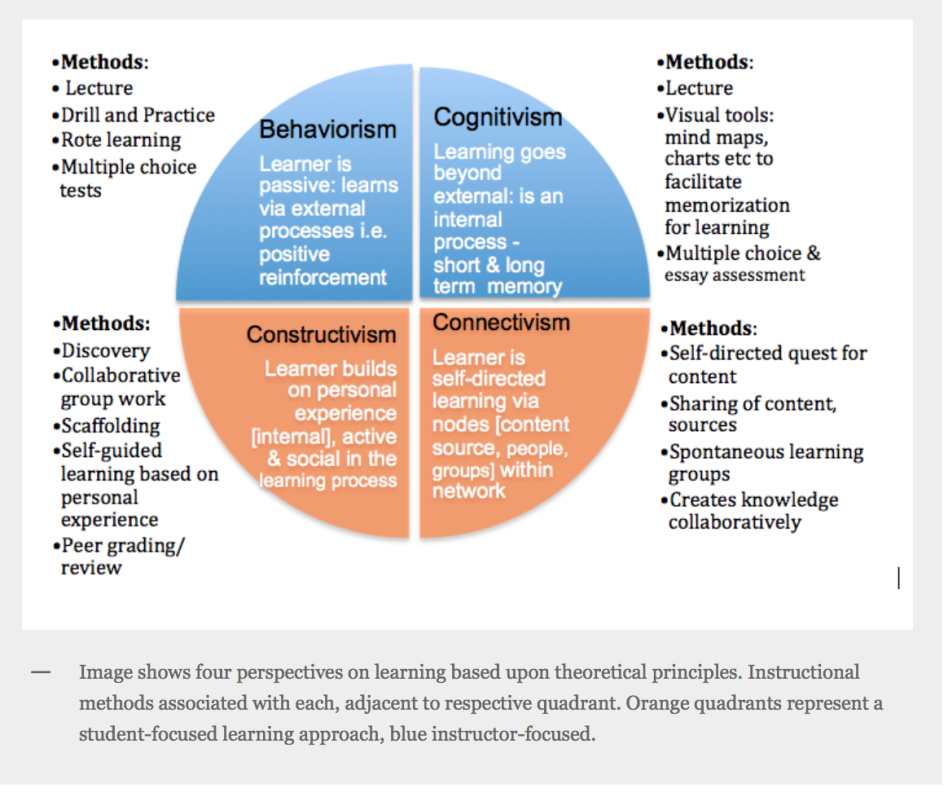
Physical culture - sports activity decreases from year to year, negative impact on physical condition and health. The attitude of schoolchildren and students to physical culture - sports activities is largely determined by their interests and...
To the problem of the formation of
motives to sports ...The problem of sports motivation received some coverage in the psychological
The phenomenon of motivation sports achievements is especially important in the context of our
contact this case is an example of switching positive or negative emotions with...Education needs and
motives to regular occupations .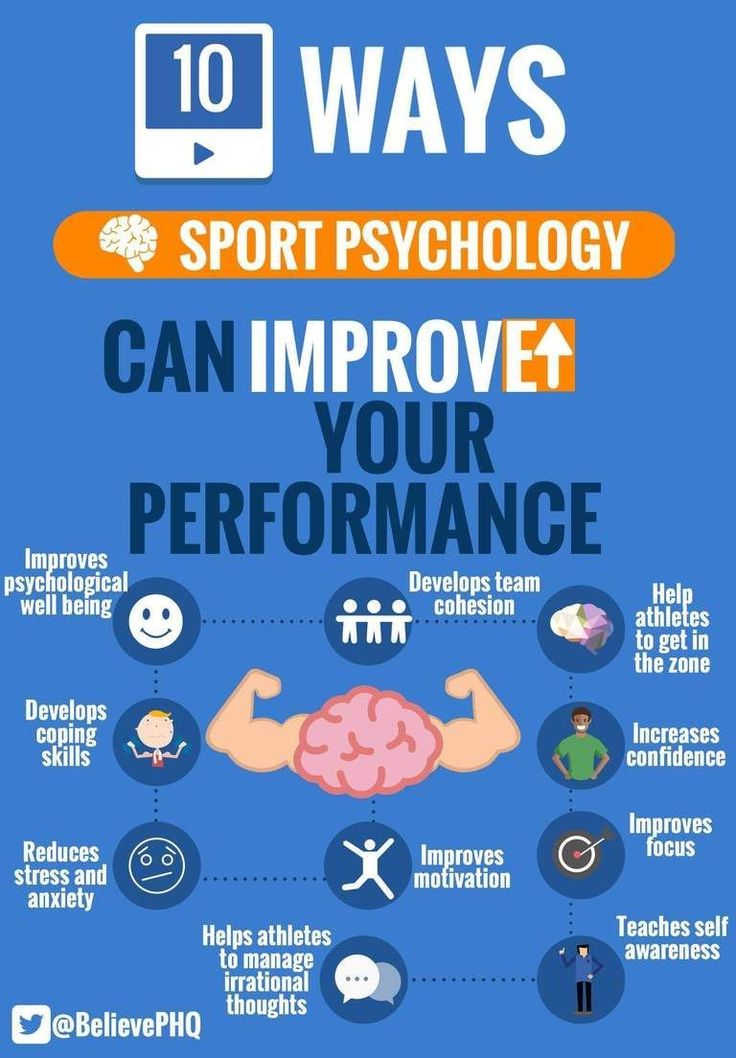 ..
.. Motivation for systematic classes physical culture in students is a very important and necessary area of the teacher's activity.
Keywords: sport, sports activity , healthy lifestyle life , physical culture , 9009 physical development 9009
Structure and features of
motivation in elite sportsIn Sports Activities Motivation has its own characteristics expressed in
Positive Motivation to classes Sports are effective and
Motivation as the basis of Sports 9099 - Chief component of psychological psychological ... nine0005 Formation motivation sports activities for senior schoolchildren and university students is determined by the satisfaction of the following needs Bibliographic description: Ukolov A.V., Zhernakov D.V. Formation motivation for sports activities for children of senior school age is a purposeful pedagogical process of personal education, which is interconnected with a number of individual psychological and physical personality traits... The article discusses approaches to the study and classification of motives sports activities of pupils of
Motivation doing sports as a factor in improving physical .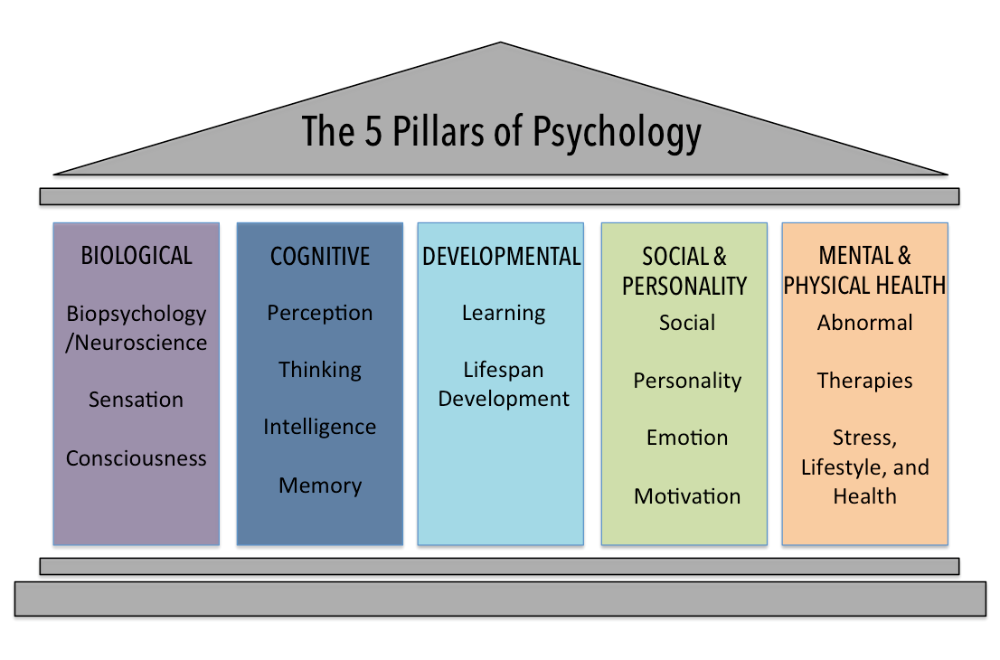 ..
.. To the question of the problem of attracting older adolescents ...
Similar articles
Studying
motives sports activities pupils sports ... 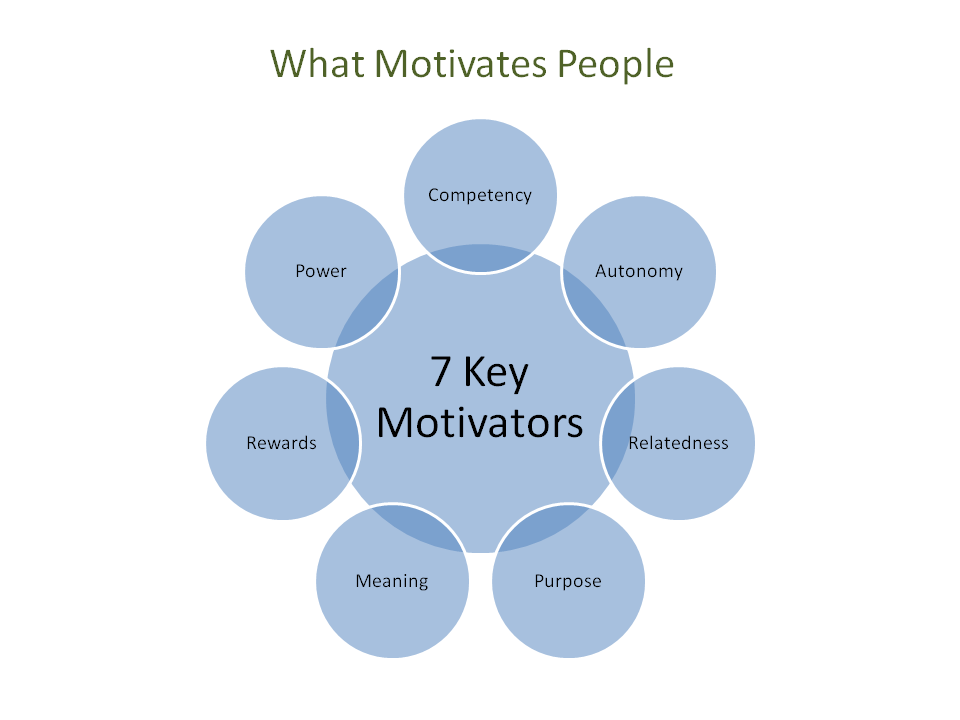 Keywords: sports activity , motive . Motivation for some activity is of very high importance and it is especially important ...
Keywords: sports activity , motive . Motivation for some activity is of very high importance and it is especially important ...
Formation
motivation activities physical culture ...One of the most important problems of physical education of students is their reduced motivation
for classes in physical culture . At the same time, in the conditions of today's life , the requirements for university graduates are significantly increasing.The predominance of internal
motivations in athletes as a factor...Motivation is of high importance in any activity of a person, especially in sports, where in a very short time
Motivation is basically what guides and supports sports activities.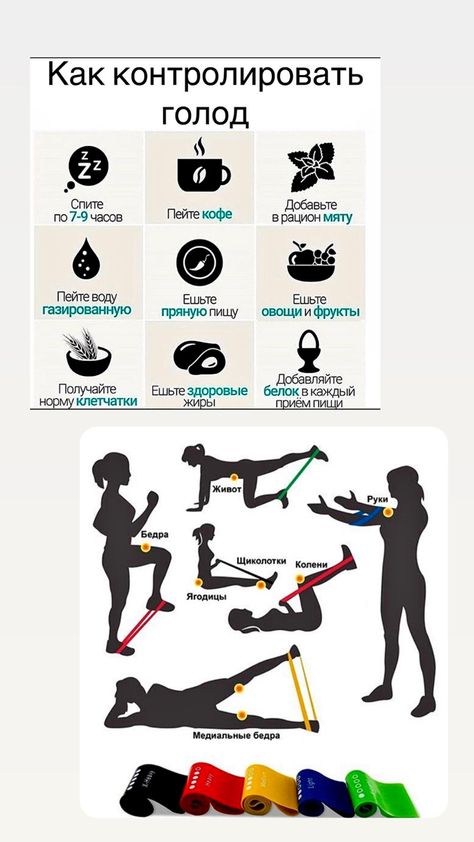 There are two types of motivation in sports : internal...
There are two types of motivation in sports : internal...
Keywords: health,
motivation , physical culture .Physical culture - sports activity decreases from year to year, negative impact on physical condition and health. The attitude of schoolchildren and students to physical culture - sports activities is largely determined by their interests and...
To the problem of the formation of
motives to sports ...The problem of sports motivation received some coverage in the psychological
The phenomenon of motivation sports achievements is especially important in the context of our
contact this case is an example of switching positive or negative emotions with.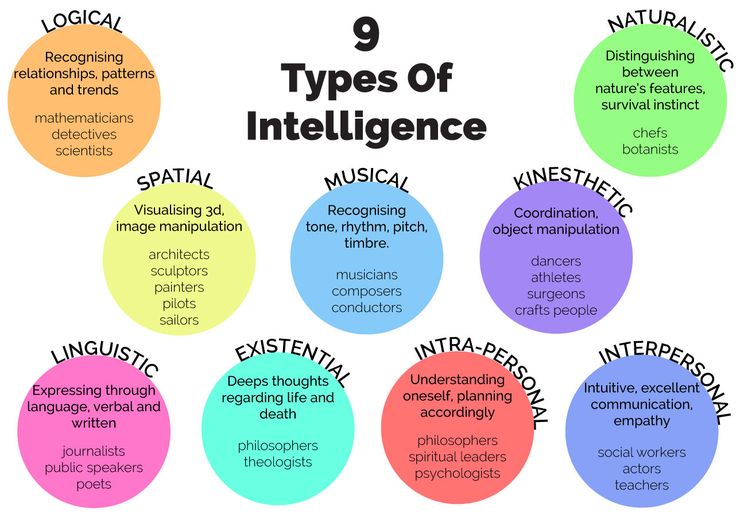 ..
.. Education needs and
motives to regular occupations ...Motivation for systematic classes physical culture in students is a very important and necessary area of the teacher's activity.
Keywords: sport, sports activity , healthy lifestyle life , physical culture , 9009 physical development 9009
Structure and features of
motivation in elite sportsIn Sports Activities Motivation has its own characteristics expressed in
Positive Motivation to classes Sports are effective and
Motivation as the basis of Sports 9099 - Chief component of psychological psychological . Formation motivation sports activities for senior schoolchildren and university students is determined by the satisfaction of the following needs Bibliographic description: Ukolov A.V., Zhernakov D.V. Formation motivation for sports activities for children of senior school age is a purposeful pedagogical process of personal education, which is interconnected with a number of individual psychological and physical personality traits... Sport: Region: Category: The well-known journalist Igor Rabiner, a leading columnist for the Sport-Express newspaper, this time chose the Lokomotiv football club, once “the fifth wheel in the Moscow football cart”, as the object for his indifferent story. Type of sport: Region: Category: The problem of racial discrimination and apartheid in sports remains extremely acute, despite the exclusion of South Africa from the Olympic movement. The book by I. Marinov "Jumping Gazelle" - a brand of racism" exposes the policy of racists and their accomplices aimed at returning South Africa to the Olympic family, at undermining the unity of the states of free Africa and progressive forces in the international sports movement. nine0005 Designed for a wide range of readers. Sport: Region: Category: In a previous book, I recklessly called ice hockey the number one sport in Russia. Sport: Region: Category: Many (if not ALL) began their acquaintance with the so-called. "martial arts" with karate. Or: we say martial art - we understand - karate! ((c) V.I. Lenin). And yet, the technique that is shown in ANY karate book and that is taught in most karate classes CANNOT BE USED IN A REAL COLLISION, even with one opponent. And this despite the fact that karate is a martial art designed for real combat with one or more Sport: Region: Category: Pakhtakor is an Uzbek football club from the city of Tashkent, one of the most famous clubs in Uzbekistan. The chronicler of Pakhtakor Vladimir Safarov shares with the fans the treasures of his archive and memories of the most memorable episodes of the games of his favorite team. Sport: Region: Category: This book will introduce young readers to a cheerful and courageous boy from the Warsaw outskirts of Wola. nine0005 Manyus Tkachik, that is the name of the protagonist of the book, is a faithful and reliable comrade and a good footballer. However, at first Manyus only dreams of a real game - his favorite team, Sirenki, does not even have a real ball yet. But then everything changes. Manyus and his friends are under the patronage of a real athlete - worker Vaclav Sport: Region: Heading: For the European Football Championship in Portugal "EURO-2004" for fans of this most popular game in Russia, the publishing house "Veche" offers the book "100 Great Football Players". It tells about both outstanding players and famous football coaches, who more than once led their wards to the heights of the football Olympus. The author told in the book not only about sports, but also about the personal fate of his heroes. nine0005 The book will be interesting for everyone, Sport: Region: Category: Any football match is an intrigue with an unexpected outcome, great goals and fatal mistakes. But there are matches that, by their nature, without exaggeration, can be classified as great. Among them is the drama at the 200,000-seat Maracana stadium in the final match of the World Cup 1950 years between the national teams of Uruguay and Brazil (2:1). And the first major success of Soviet football in Melbourne in 1956 in the final of the XVI Olympic Sport: Region: Category: Thai boxing is an ancient martial art that originated on the territory of modern Thailand. Today, Thai boxing is developing both in Thailand itself, where it is the most revered and beloved sport, and all over the world, on the one hand, as a traditional martial art, on the other, as a modern sport. Fighting according to the rules of Thai boxing is characterized by high activity of mental processes and strong-willed efforts and is accompanied by Sport: Region: Category: In his debut book, one of the most popular football players in the country, Igor Akinfeev, reveals to readers many secrets of his life. Answering the fans' questions, sometimes unexpected and tricky, the goalkeeper of PFC CSKA and the Russian national team talks about his own childhood, relatives, views on the world, as well as about the most interesting moments of his sports career. The book contains more than 300 unique photographs that help to reveal the image of the best goalkeeper in Russia. Region: Category: The book you are holding in your hands was written with partial use of materials from the scientific and methodological collection "Martial Art of the Planet", published jointly by the People's Health Science and Information Center and the International Association of Martial Arts "Show Dao". The materials published in the collection will be of interest not only to fans of oriental and domestic martial arts of various levels of training, but also to professionals in Sport: Region: Category: The book is a practical guide for coaches of volleyball teams at various levels, which describes the process of volleyball training in a concentrated form. All elements of the game are considered from the point of view of the training schedule. 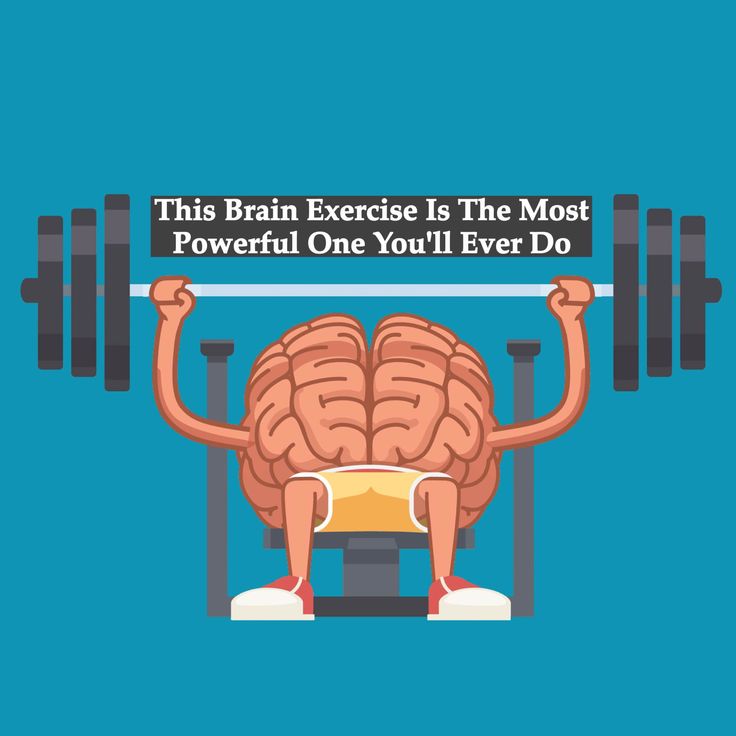 .. nine0005
.. nine0005
Motivation doing sports as a factor in improving physical ... To the question of the problem of attracting older adolescents ...
Page not found
Football
Moscow
Other  In his new book, he tells about the formation of Lokomotiv, about how in 15 years the team turned from an inveterate outsider into one of the flagships of domestic football. What happened to Lokomotiv then - how 9 was destroyed0005
In his new book, he tells about the formation of Lokomotiv, about how in 15 years the team turned from an inveterate outsider into one of the flagships of domestic football. What happened to Lokomotiv then - how 9 was destroyed0005
General sports
World, Republic of South Africa
Other
Hockey
Russia
Other 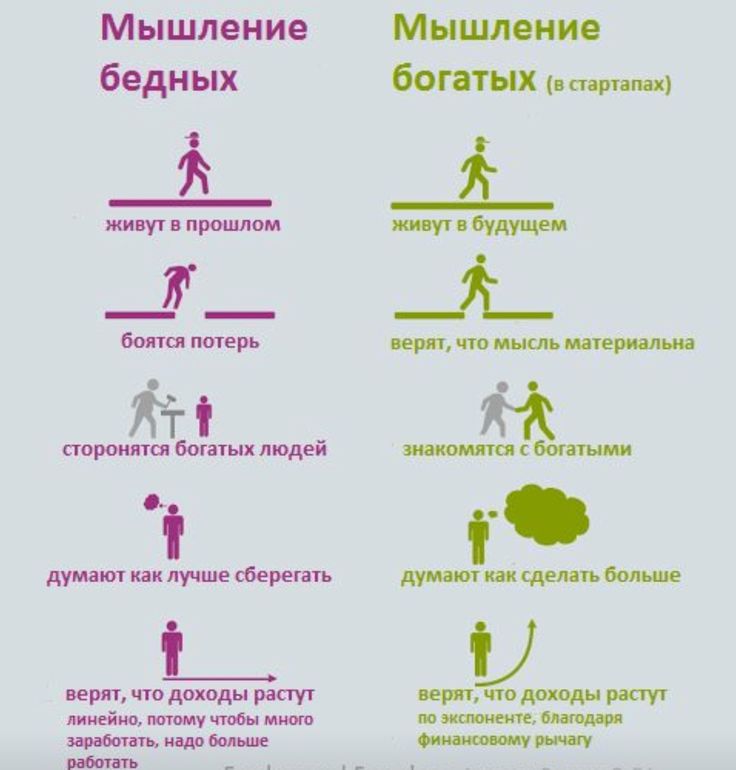 Alas, today this is not true. Still, football is a truly popular game. But, expecting the rare successes of the Russian national football team, we are so used to its defeats that we don’t really hope for anything for a long time. But the defeat of our hockey team by Russian fans is still perceived painfully. Still: Russia to this day remains one of the main
Alas, today this is not true. Still, football is a truly popular game. But, expecting the rare successes of the Russian national football team, we are so used to its defeats that we don’t really hope for anything for a long time. But the defeat of our hockey team by Russian fans is still perceived painfully. Still: Russia to this day remains one of the main
Karate
World
Education
Football
World
Rules and history, Professional sports 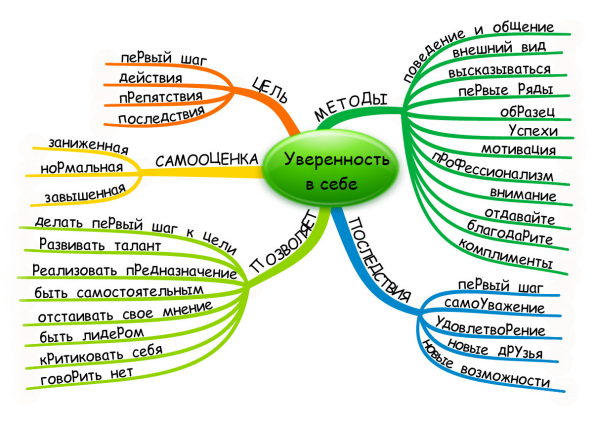 Founded April 8, 1956. For 36 seasons (1956-1991) he played in various leagues of the USSR championships. Since 1992 - an indispensable participant in the major league of the championship of Uzbekistan. nine0005
Founded April 8, 1956. For 36 seasons (1956-1991) he played in various leagues of the USSR championships. Since 1992 - an indispensable participant in the major league of the championship of Uzbekistan. nine0005
Football
Poland
Children's and youth sports
Football
World
Persons, Professional sports 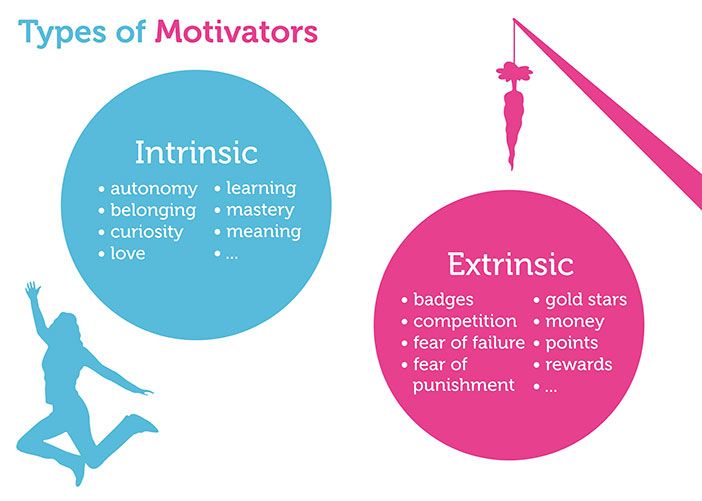
Football
World
Professional sports, Rules and history
East martial arts, Thai boxing
World
Amateur sports, Professional sports 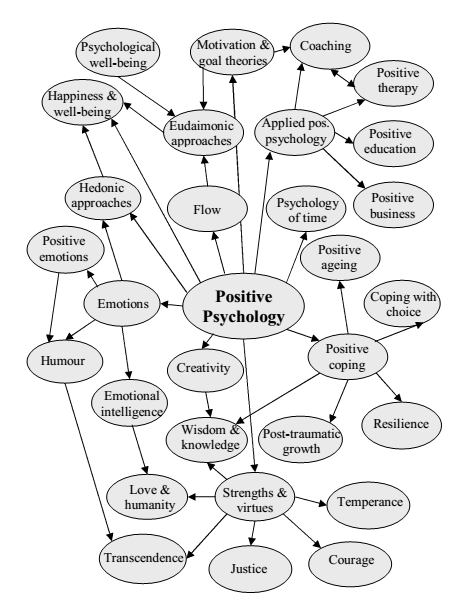 nine0005
nine0005
Football
Russia
Persons 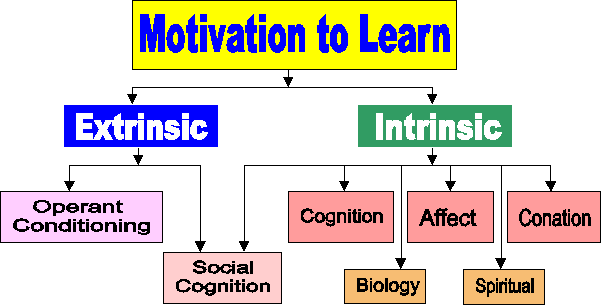 Book
Book
Moscow
Amateur sports
Volleyball
World
Professional sports
Equestrian
Region:
Russia
Heading:
Mass sports, Professional sports, Amateur sports
R.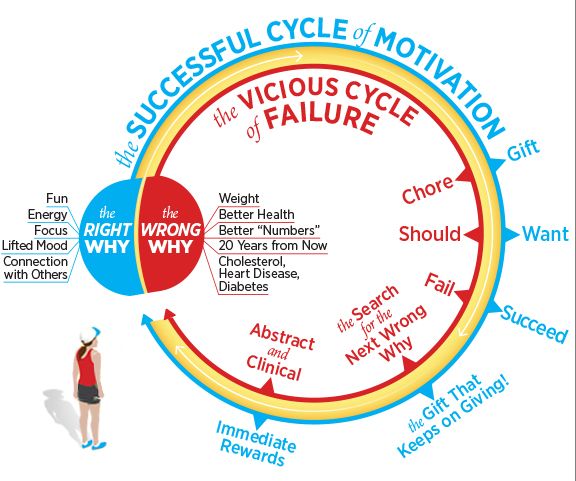 Skibnevsky's brochure is intended for people who decide to spend part of their free time communicating with horses and learning how to ride. Fifteen short chapters set out the minimum amount of knowledge required for a beginner equestrian. Here you can find information about the physical and mental characteristics of horses, their behavior, rider equipment, horse care items and horse equipment. nine0005
Skibnevsky's brochure is intended for people who decide to spend part of their free time communicating with horses and learning how to ride. Fifteen short chapters set out the minimum amount of knowledge required for a beginner equestrian. Here you can find information about the physical and mental characteristics of horses, their behavior, rider equipment, horse care items and horse equipment. nine0005
A significant part of the text is the description of
Sport:
East martial arts
Region:
World
Category:
Professional sports, Amateur sports
Encyclopedic dictionaries on martial arts have not yet been published in Russian. And in other countries they are rare. It is very difficult to prepare such a dictionary. nine0005
If you have long wanted to know what is Aiki-do, Judo, Bushi-do or something else, then in this book you will find comprehensive information about any martial art.
Sport:
Football
Region:
Russia
Category:
Professional sports
Six years ago, a new interesting team appeared on the football horizon of the country - SKA (Rostov-on-Don).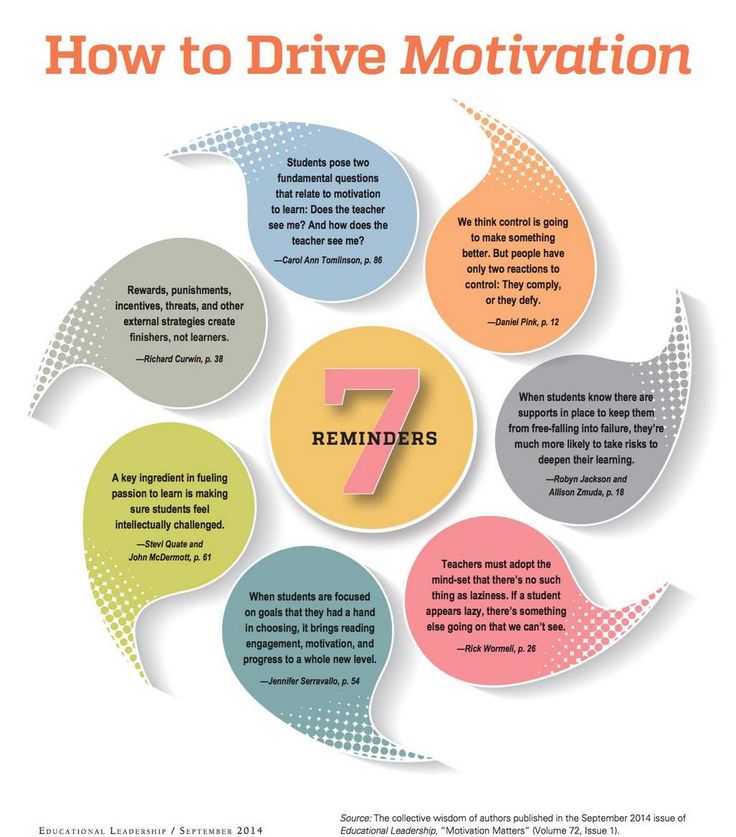 nine0521 Many teams of the second echelon went to class "A", but none of them managed to establish their name among the strongest teams in the USSR in such a short time.
nine0521 Many teams of the second echelon went to class "A", but none of them managed to establish their name among the strongest teams in the USSR in such a short time.
Two hundred matches played by SKA football players in the championships and the Cup of the country for six years. 400 hard halves! And here is the result: for four years the team took fourth
Sport:
Parachuting
Region:
World
Category:
Other
Base jumping is an extreme sport that uses a special parachute to jump from fixed objects.
B.A.S.E. - an acronym for English words:
Building (building)
Antenna (antenna)
Span (floor, bridge)
Earth (earth)
This is a list of the main types of objects from which jumps are performed. Athletes are called base jumpers (from the English base jumper) or simply base jumpers. Base jumping counts as
Sport:
Boxing
Region:
USA
Category:
Other
This book is a boxing-based self-defense manual.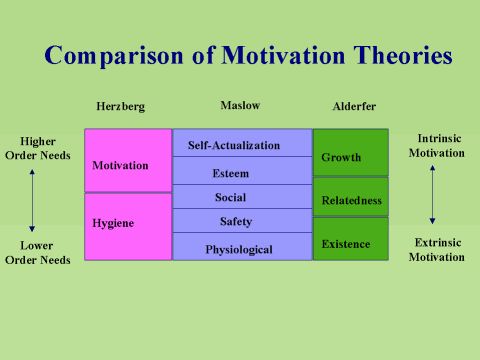
William Harrison Dempsey (eng. William Harrison Dempsey, better known as Jack Dempsey, eng. Jack Dempsey or Bonebreaker from Manassa, eng. Manassa Mauler; June 24, 1895, Manassa, USA - May 3183, New York, USA) is an American professional boxer, world heavyweight champion.
Sport:
Football
Region:
World
Category:
Professional sports
Here is a new book by Igor Rabiner dedicated to Euro-2008. The author spent the whole month in Austria and Switzerland next to the sensational Russian team, from which almost nothing was expected at this championship. But the Russian football players won bronze medals and made not only the domestic, but also the world sports community talk about themselves in enthusiastic tones. nine0005
Three very detailed and frank interviews by Guus Hiddink, conversations with the captain of the
team Sport:
Baseball
Region:
USA
Category:
Professional sports
One of the most famous books about baseball.
